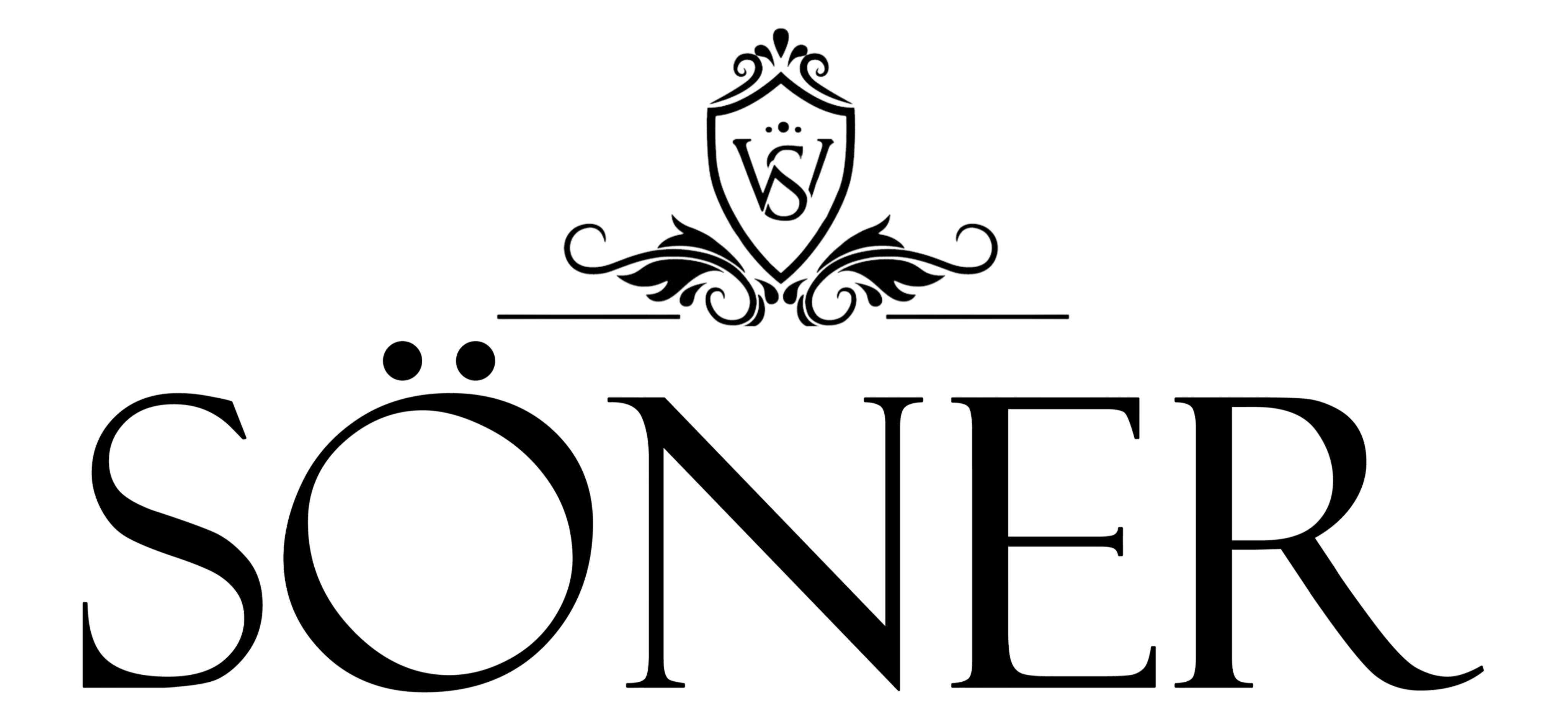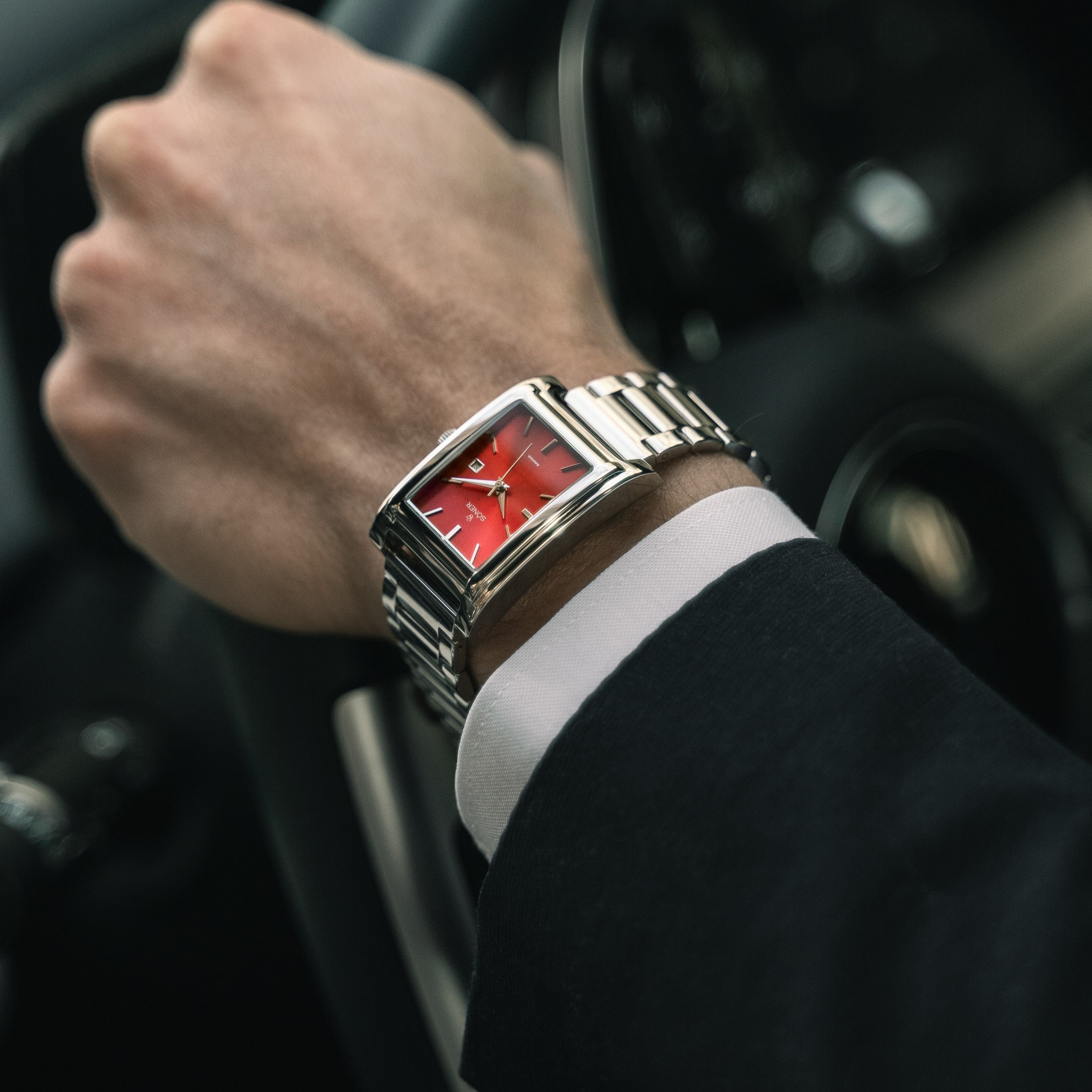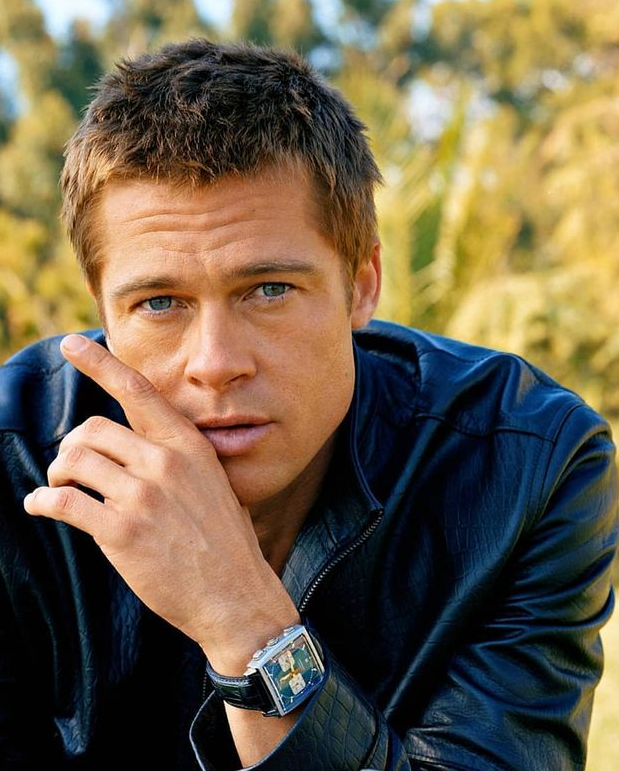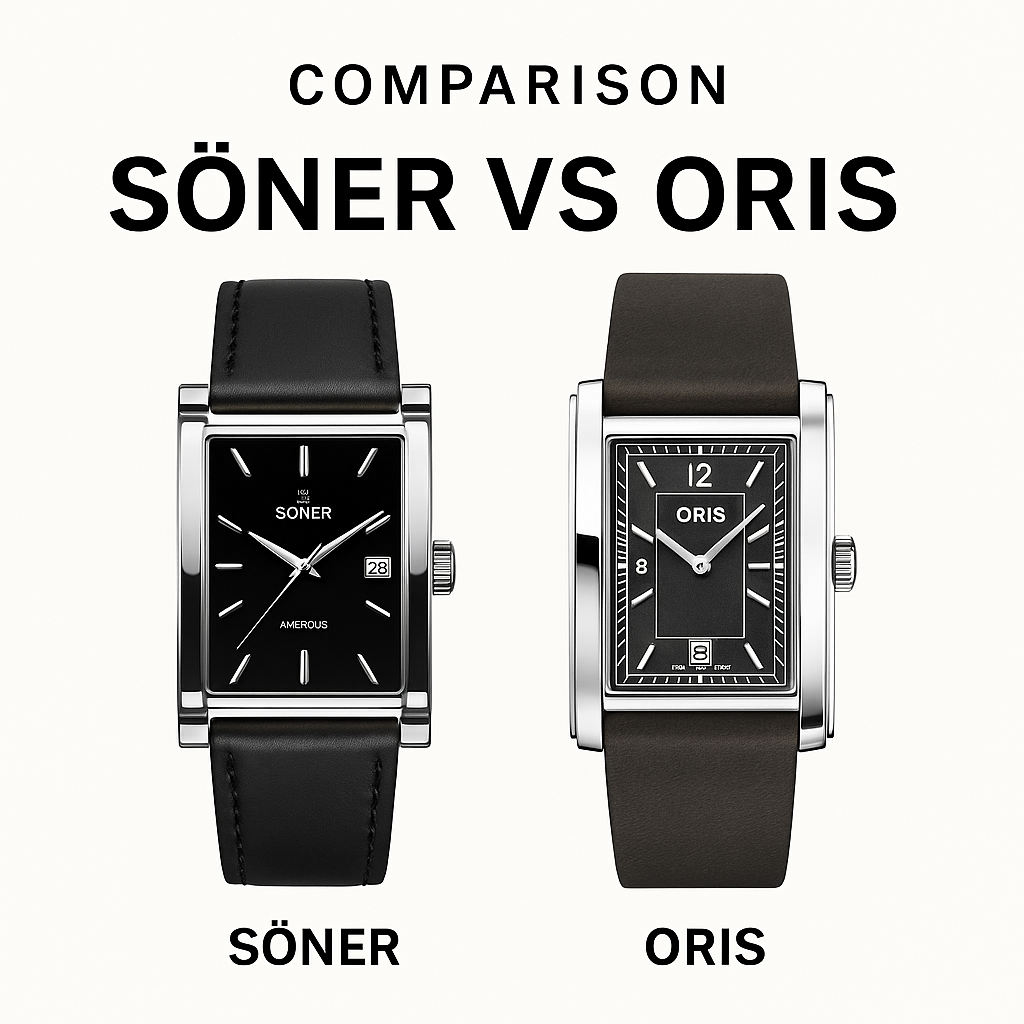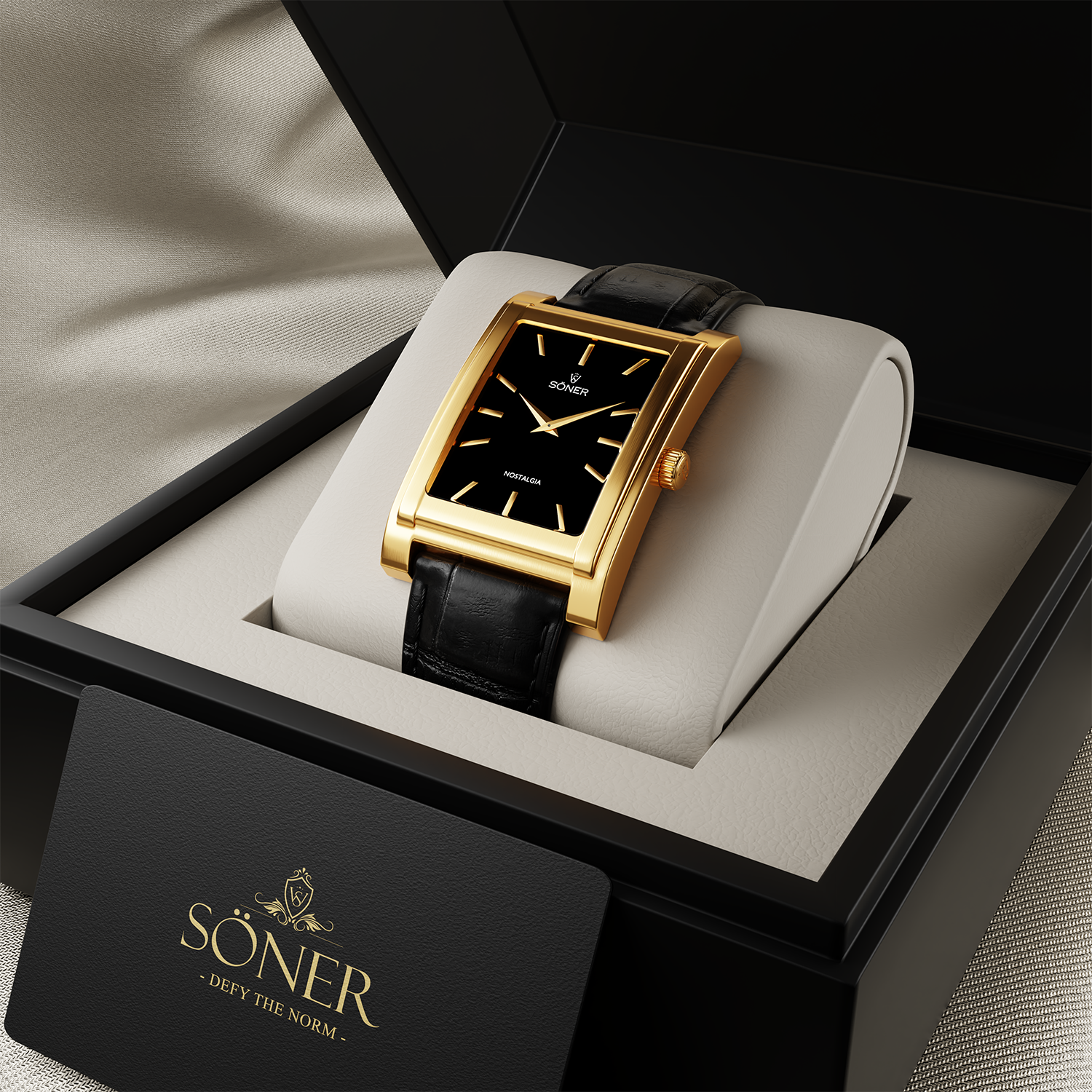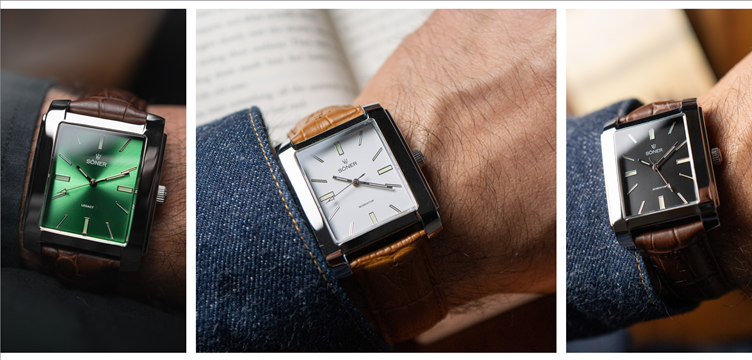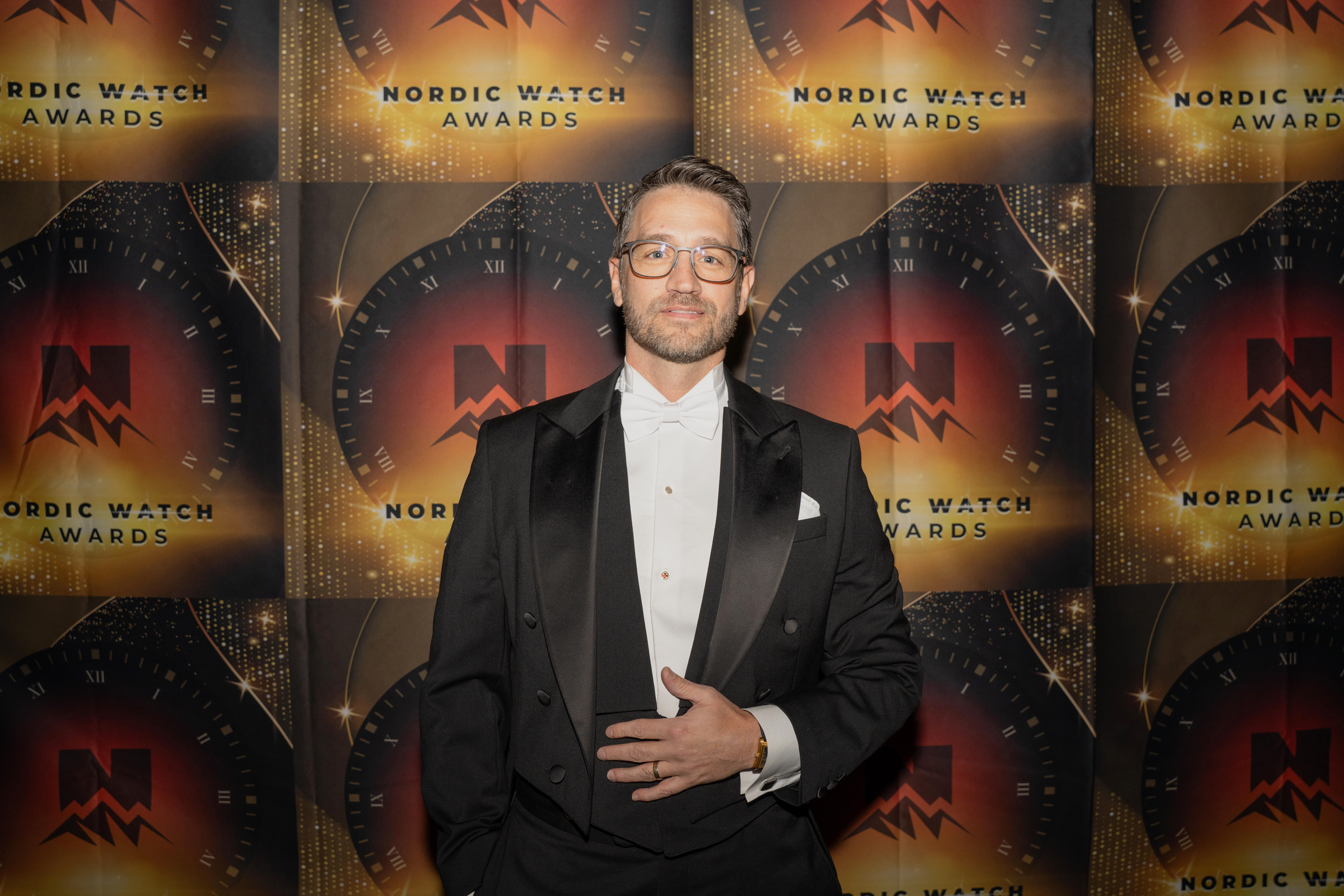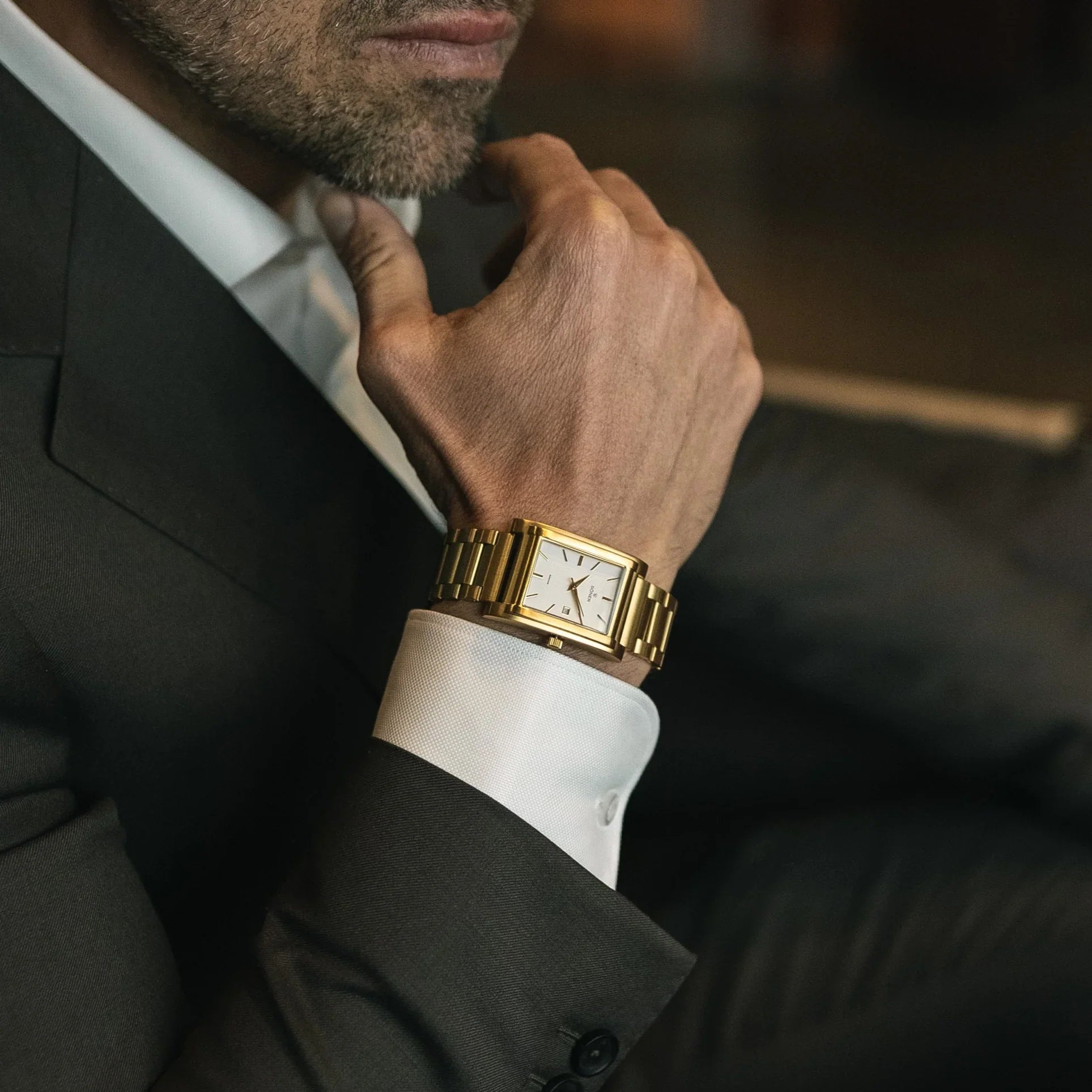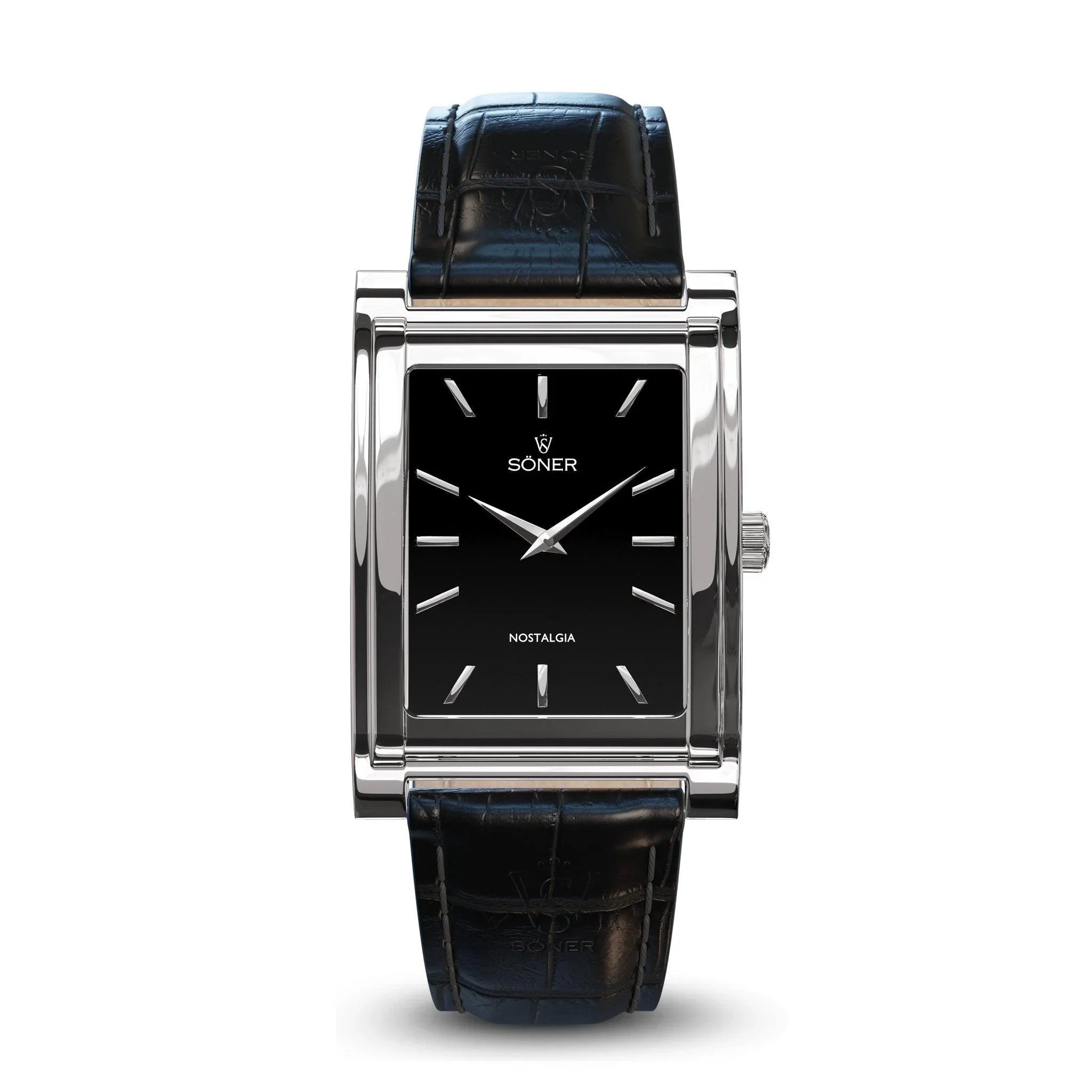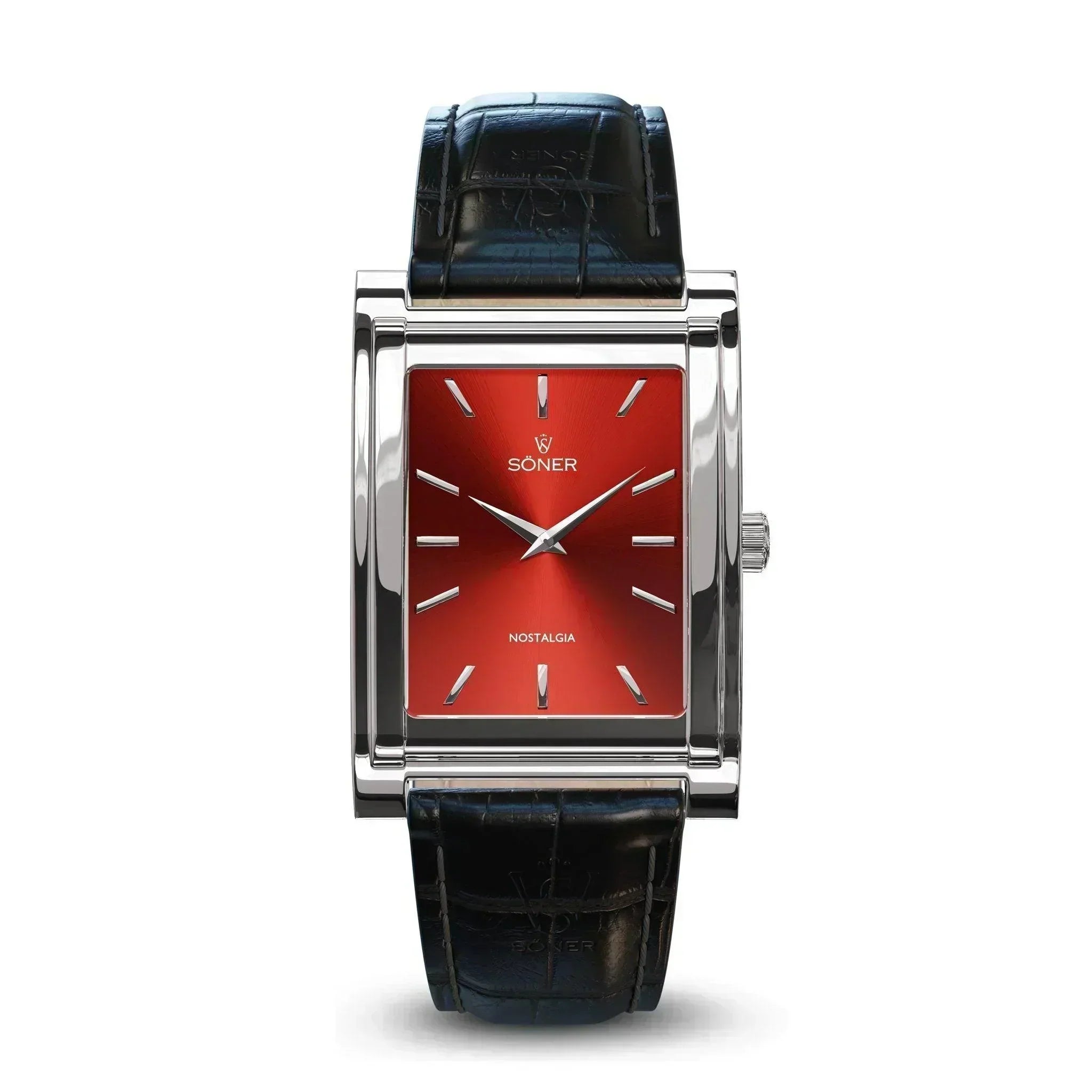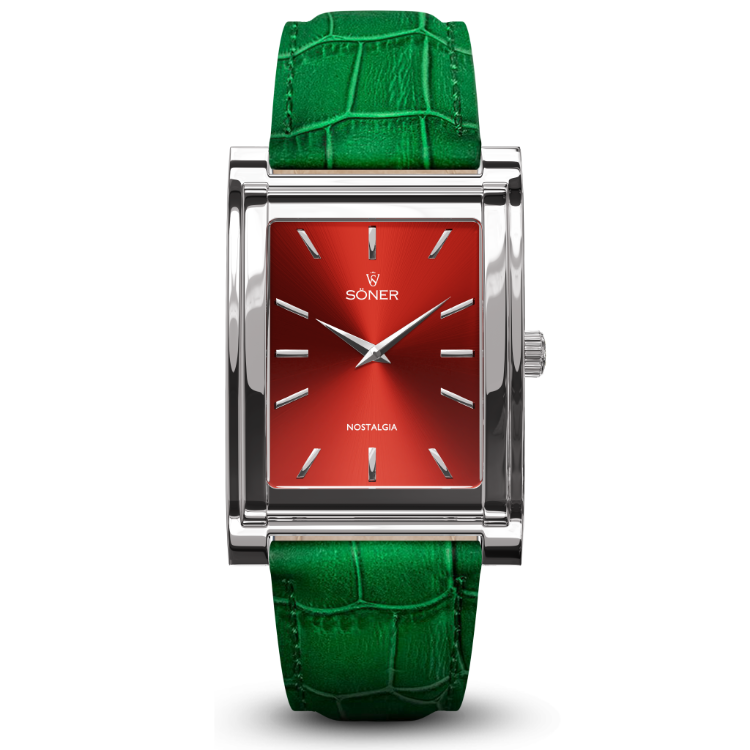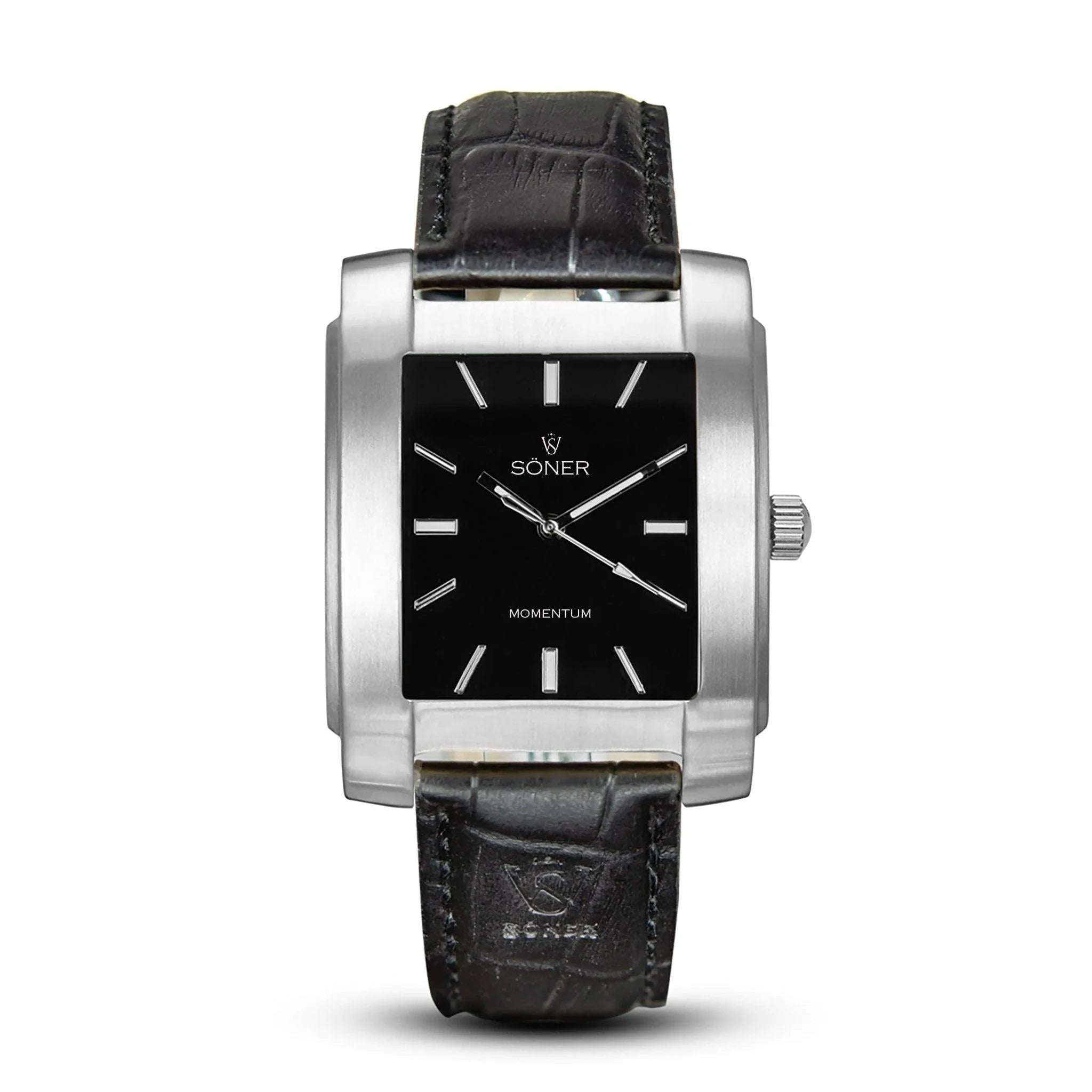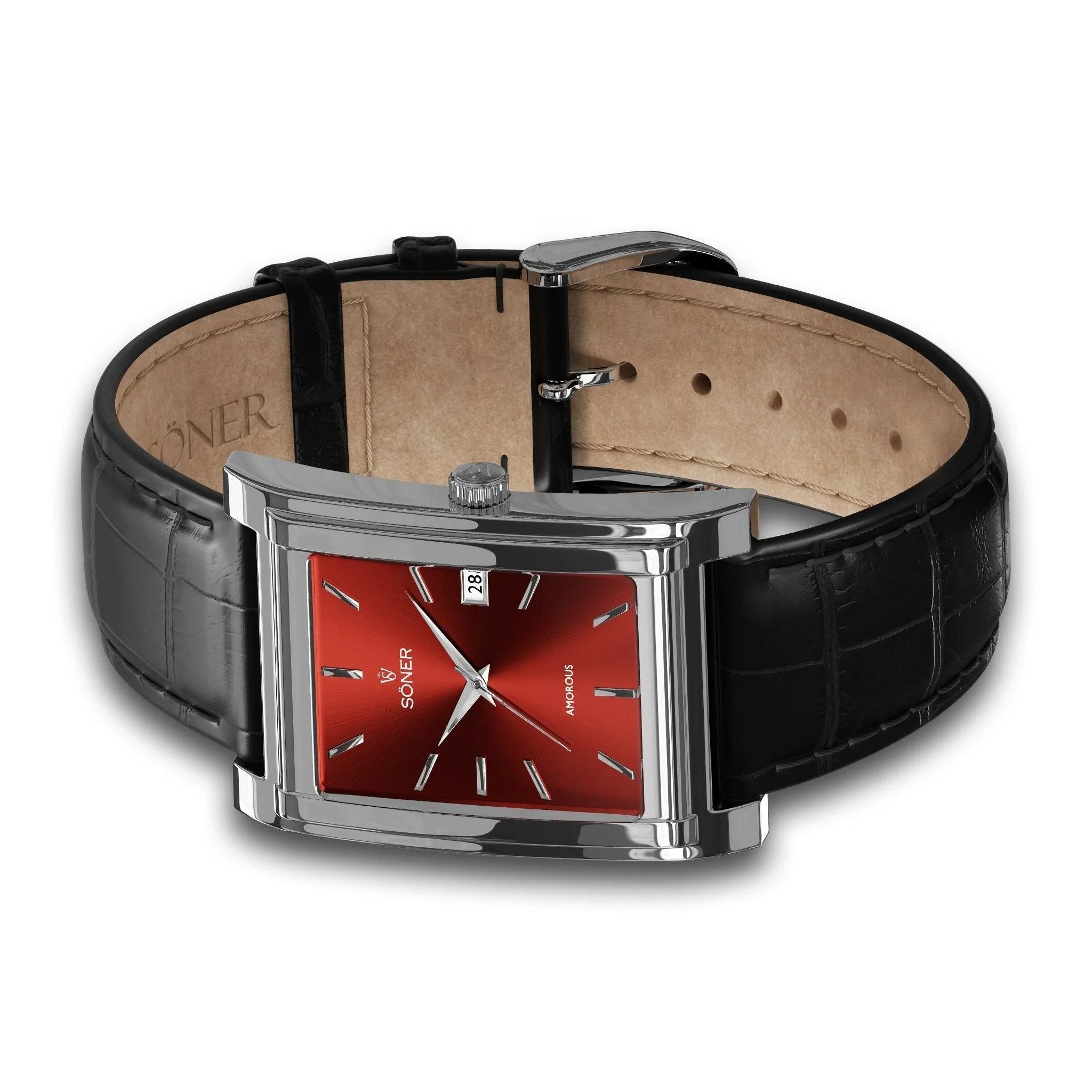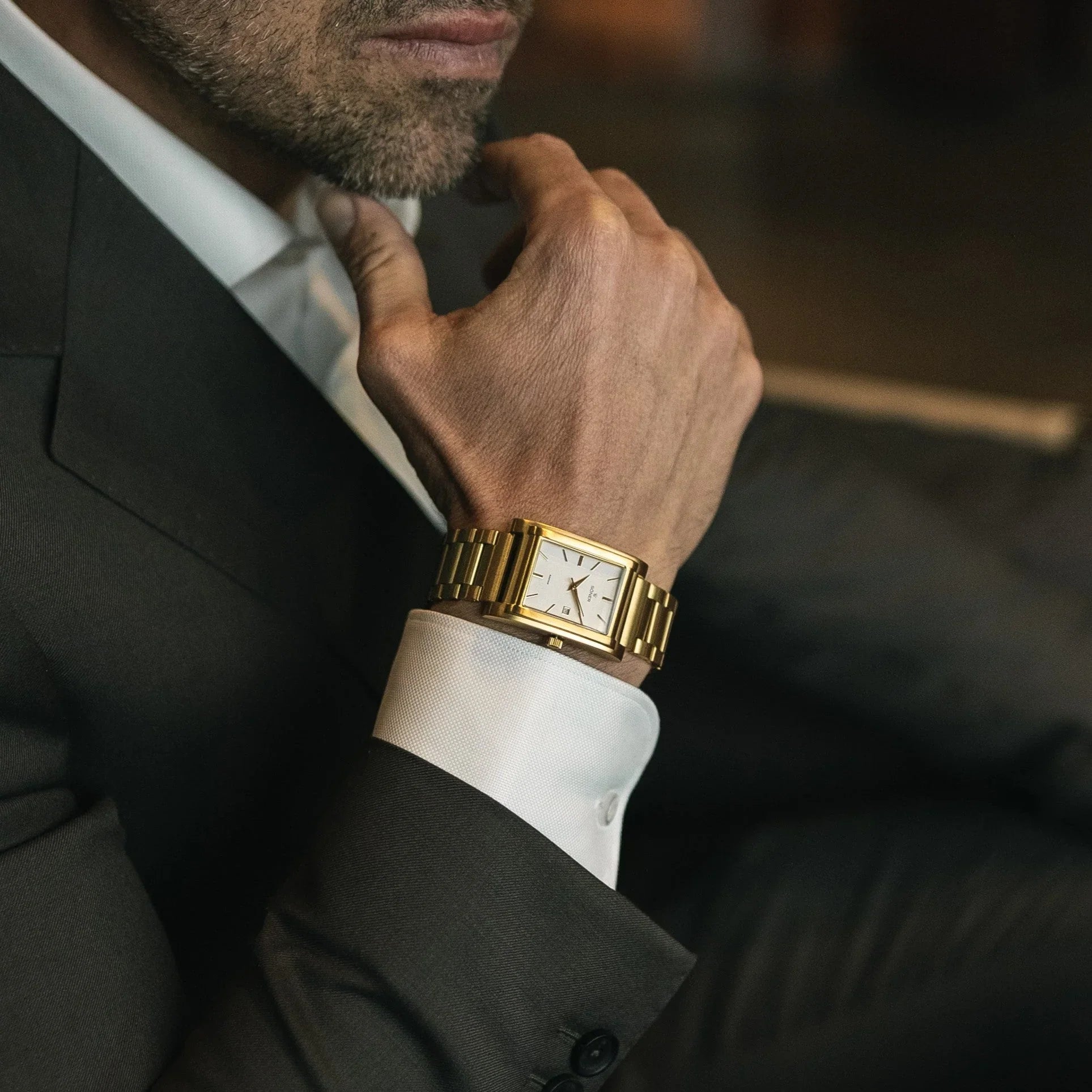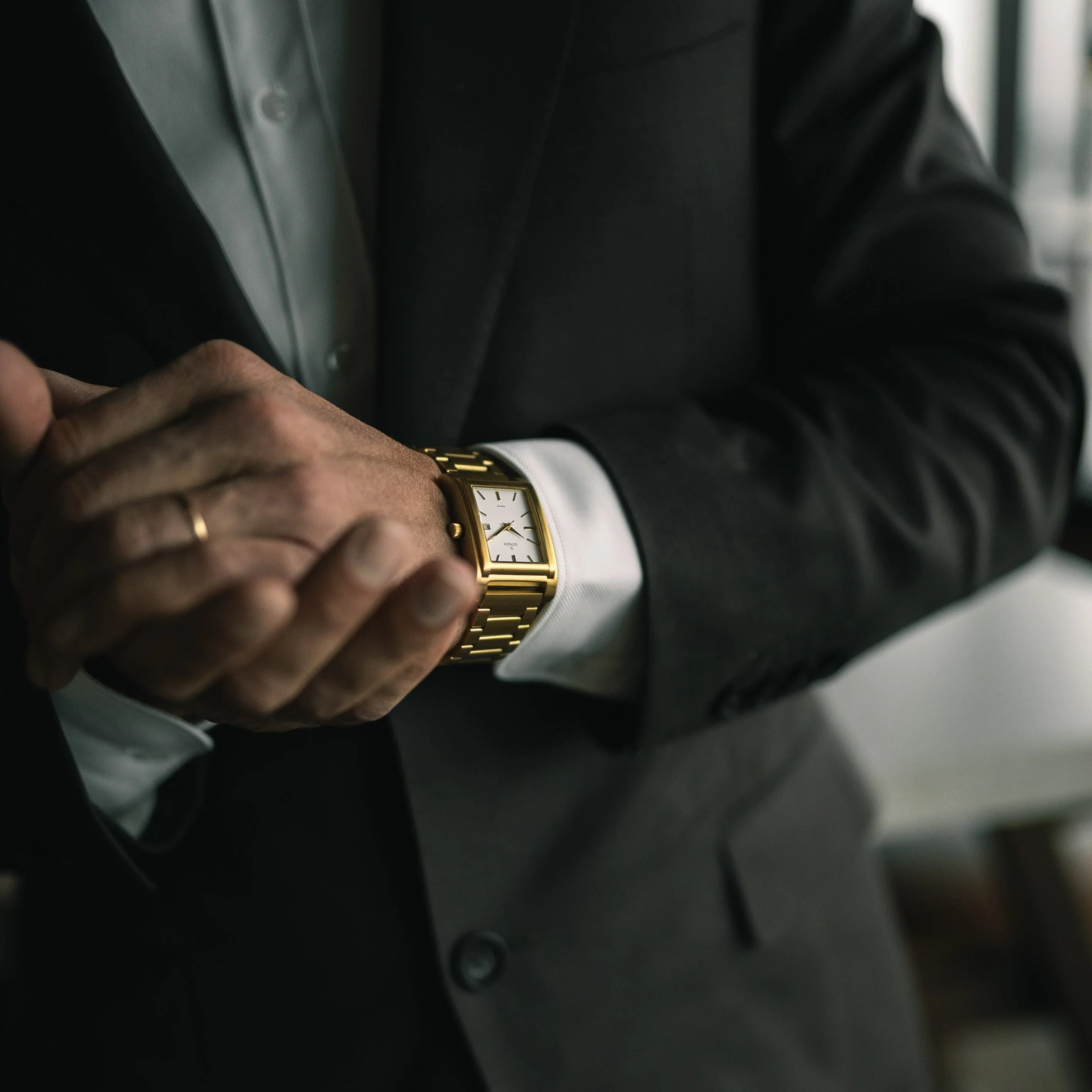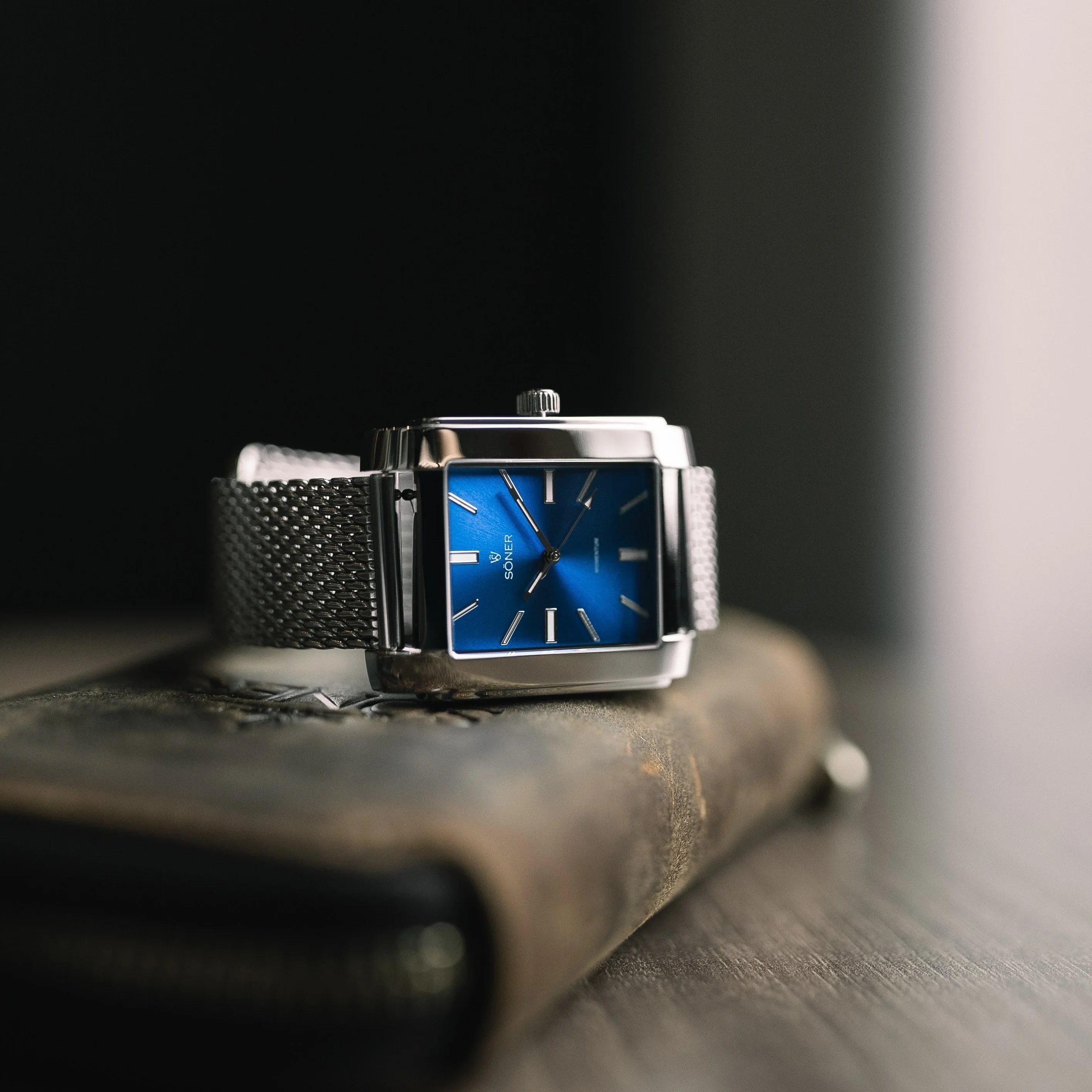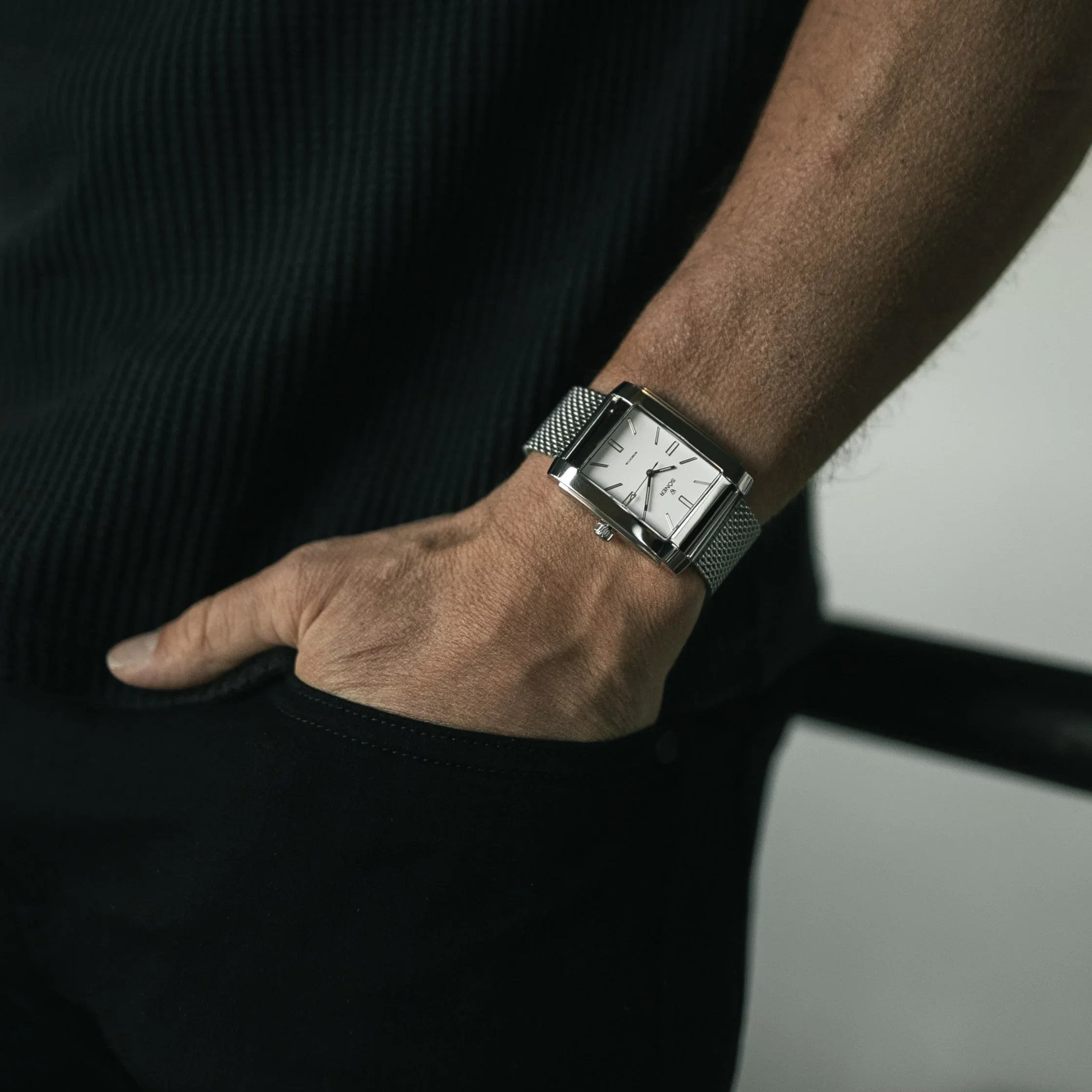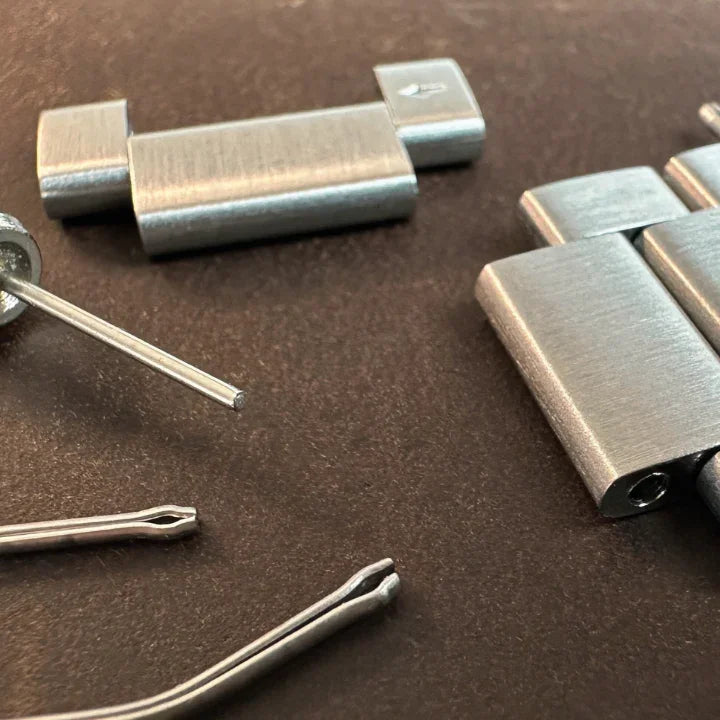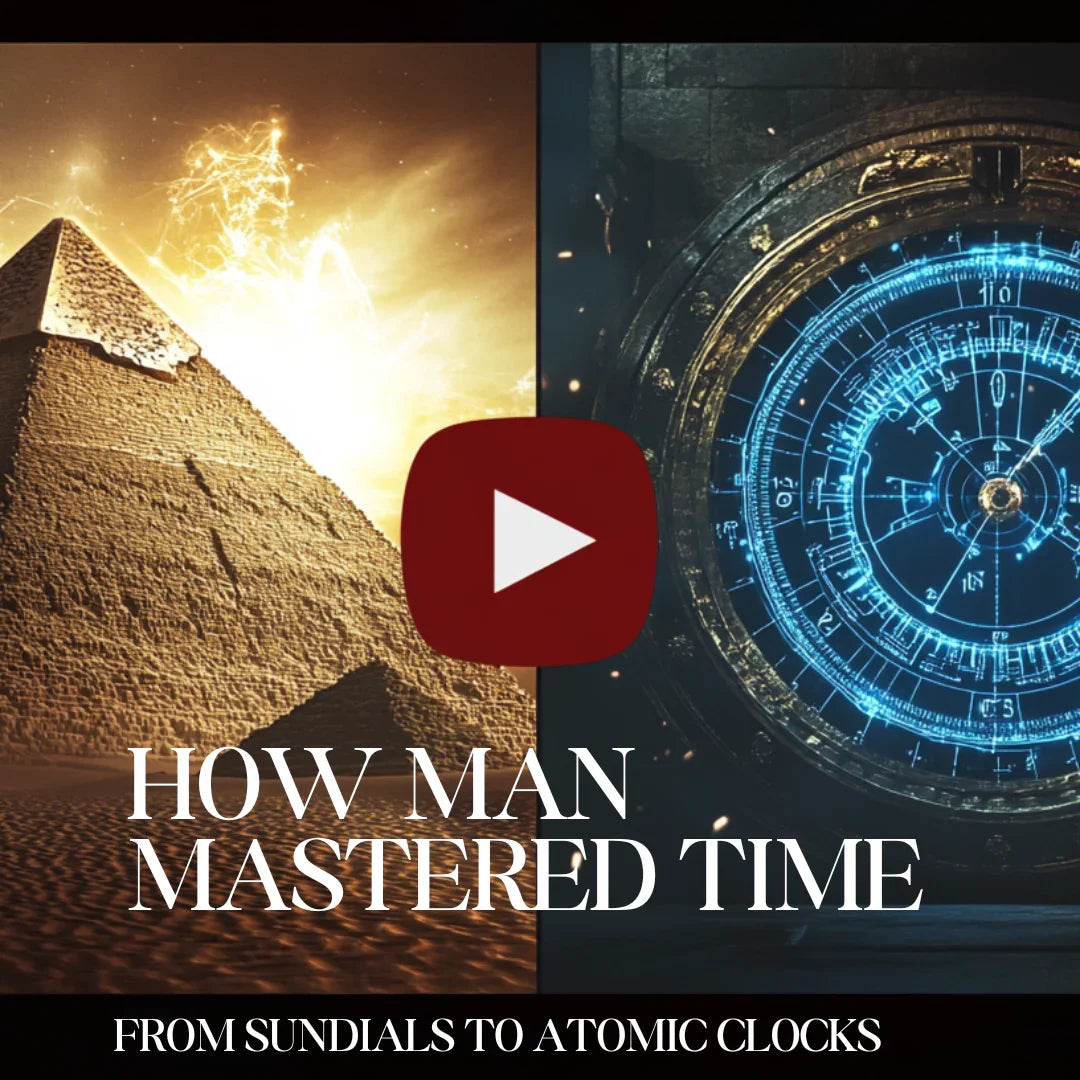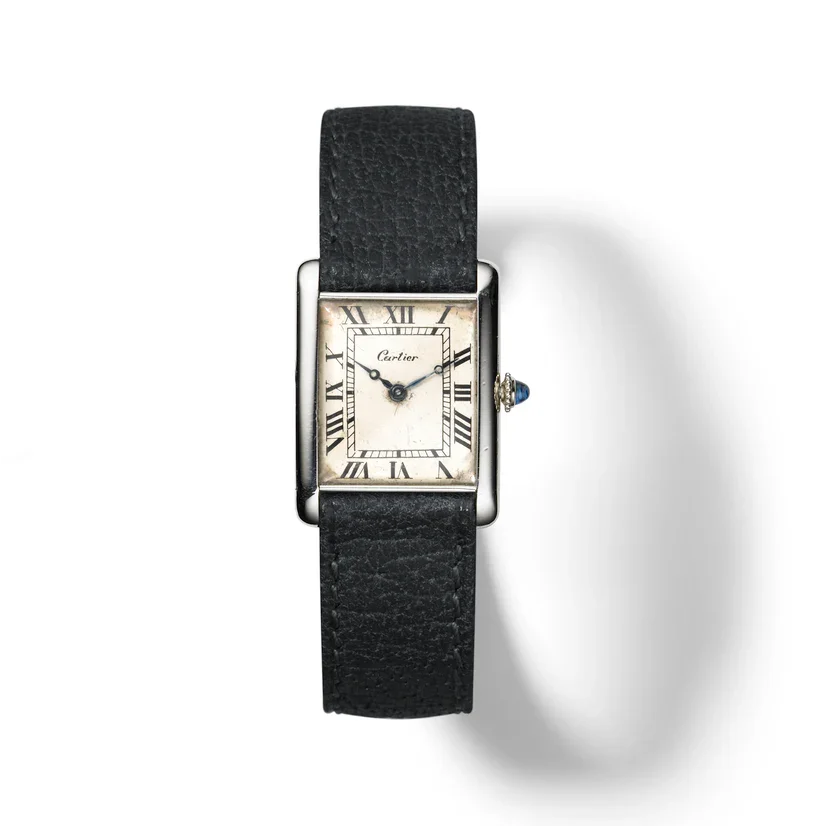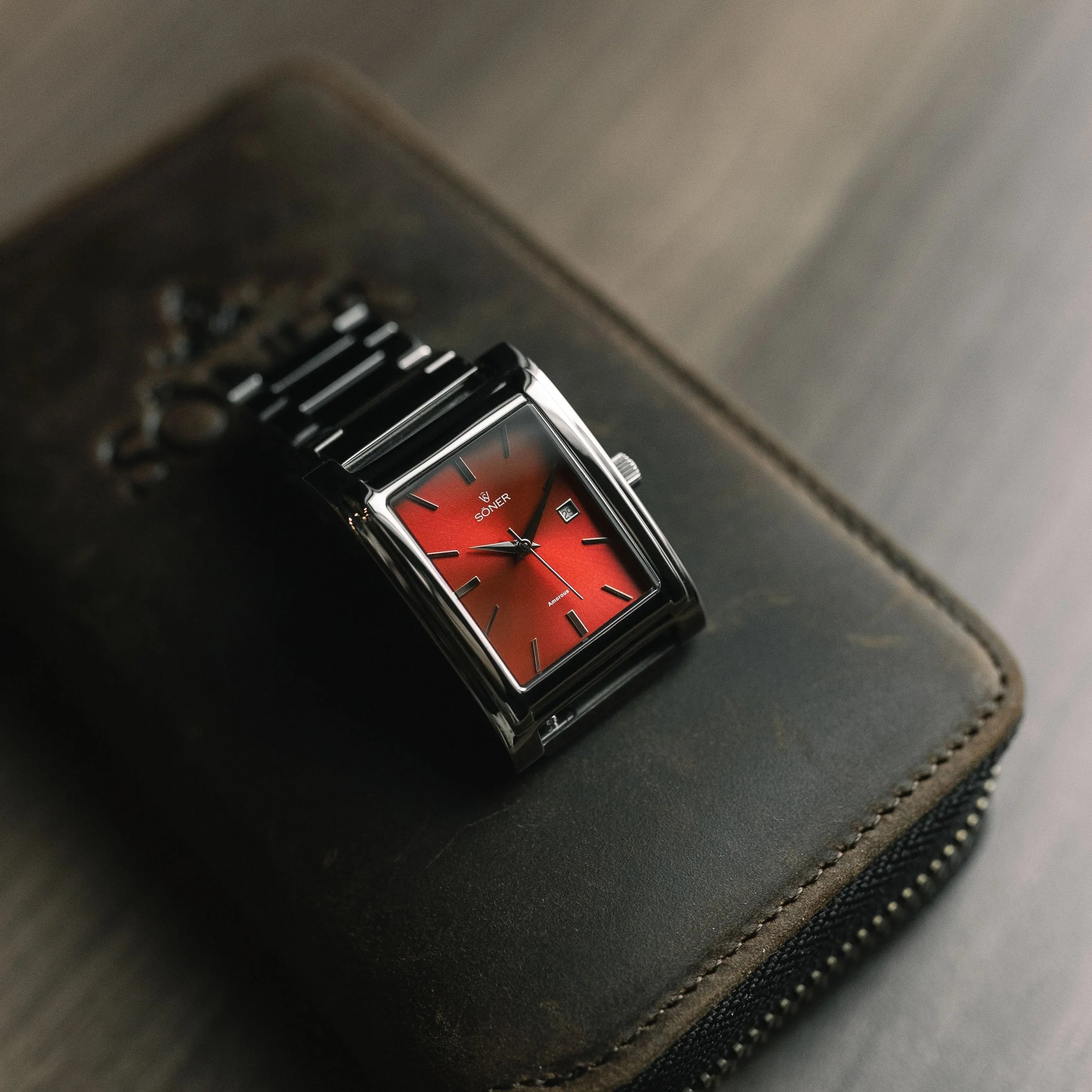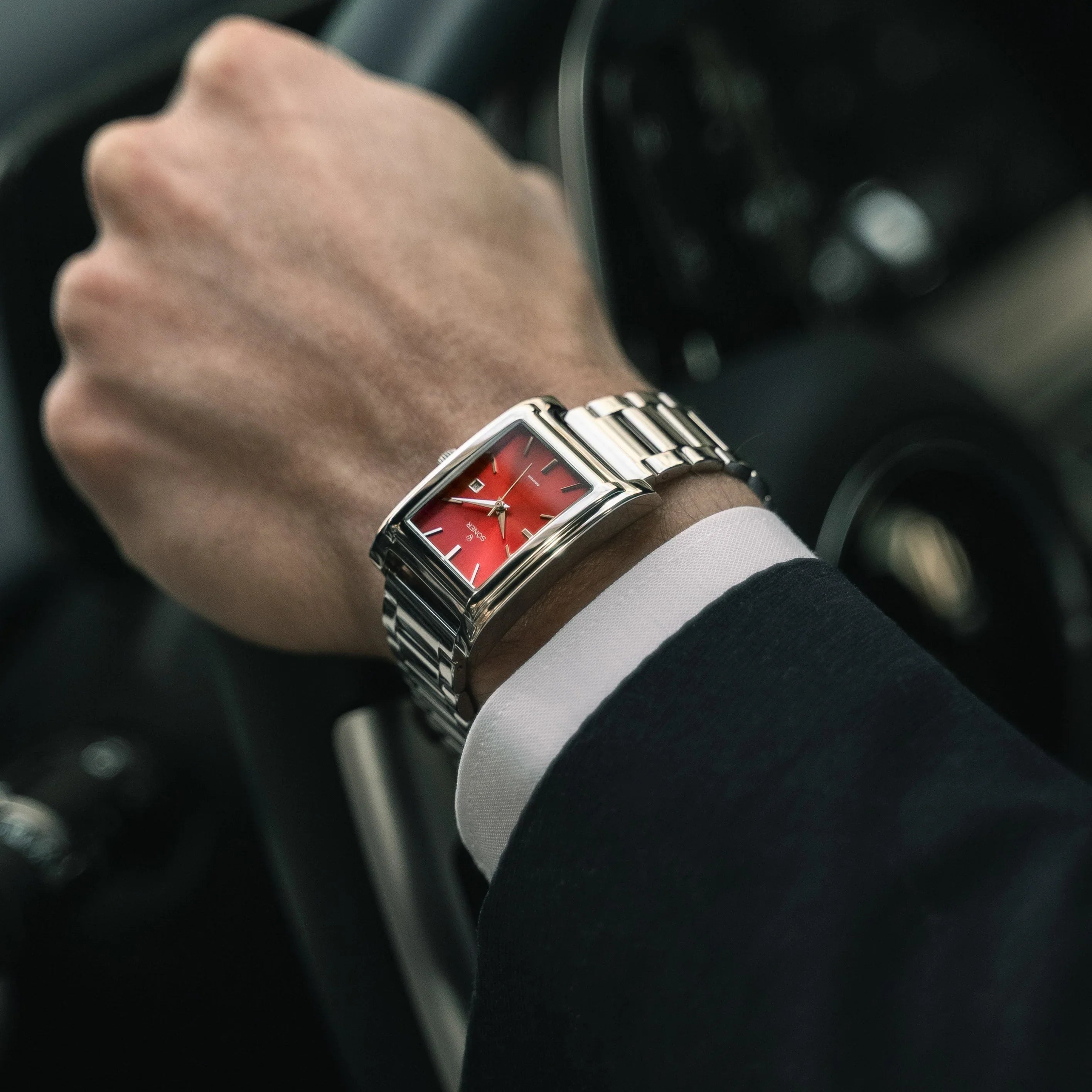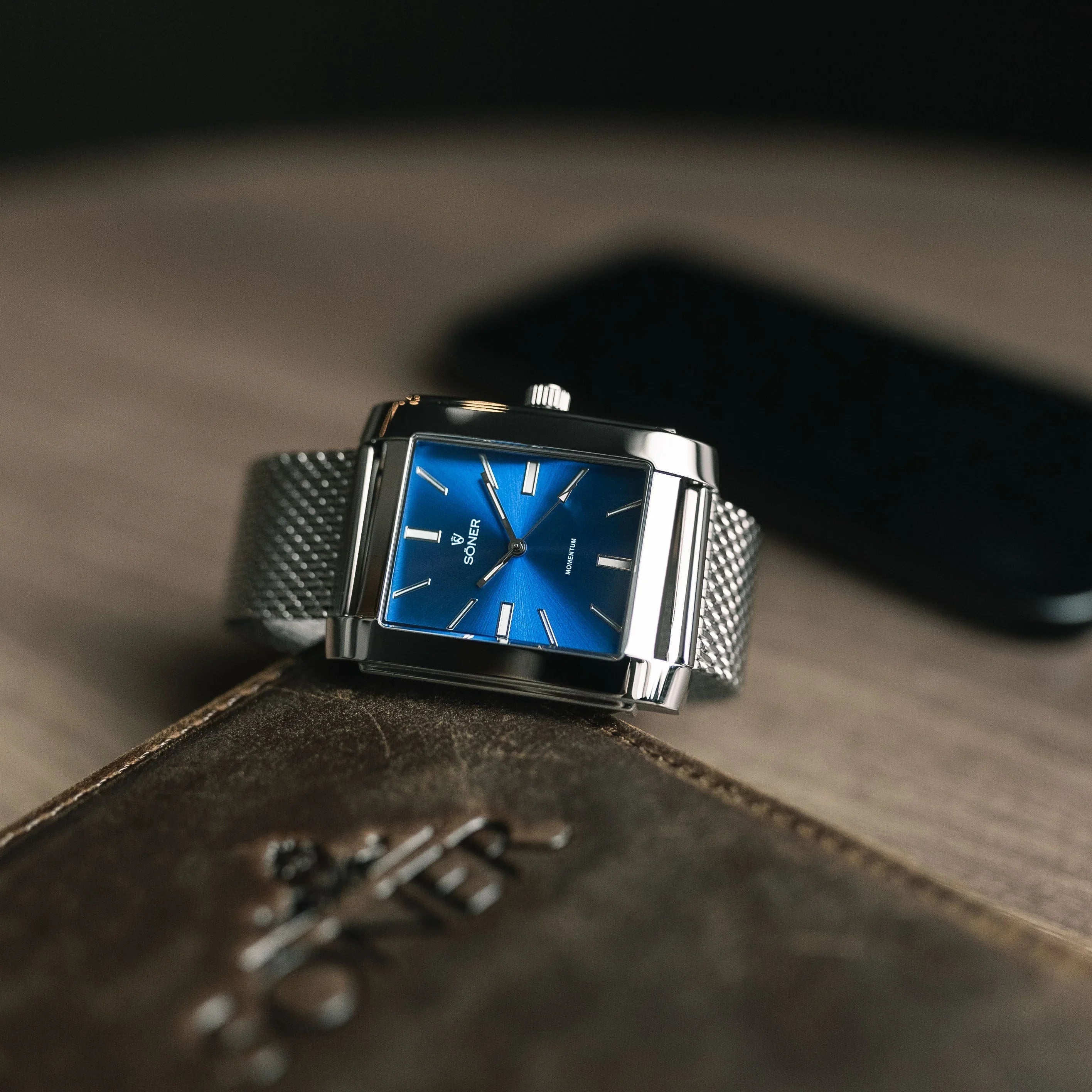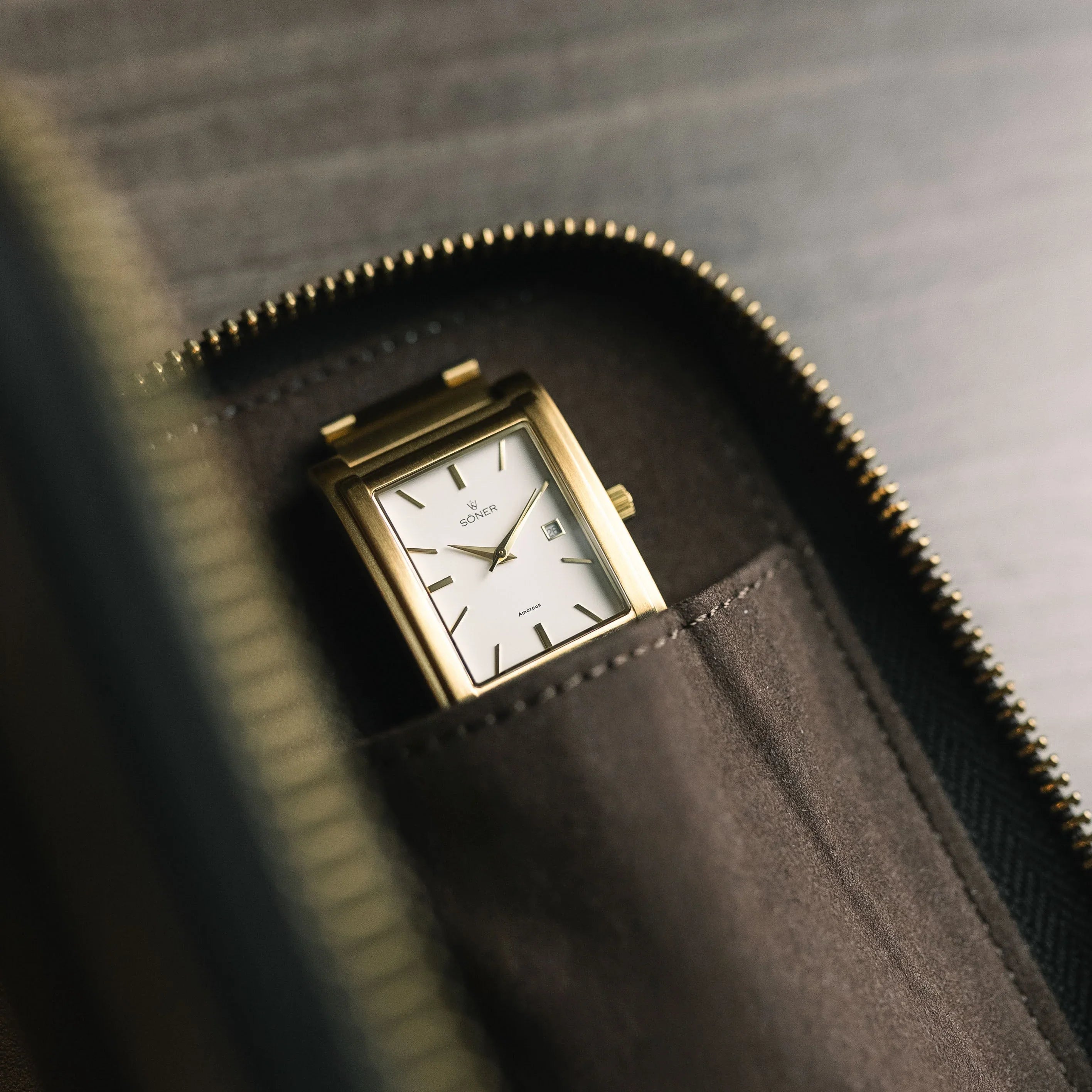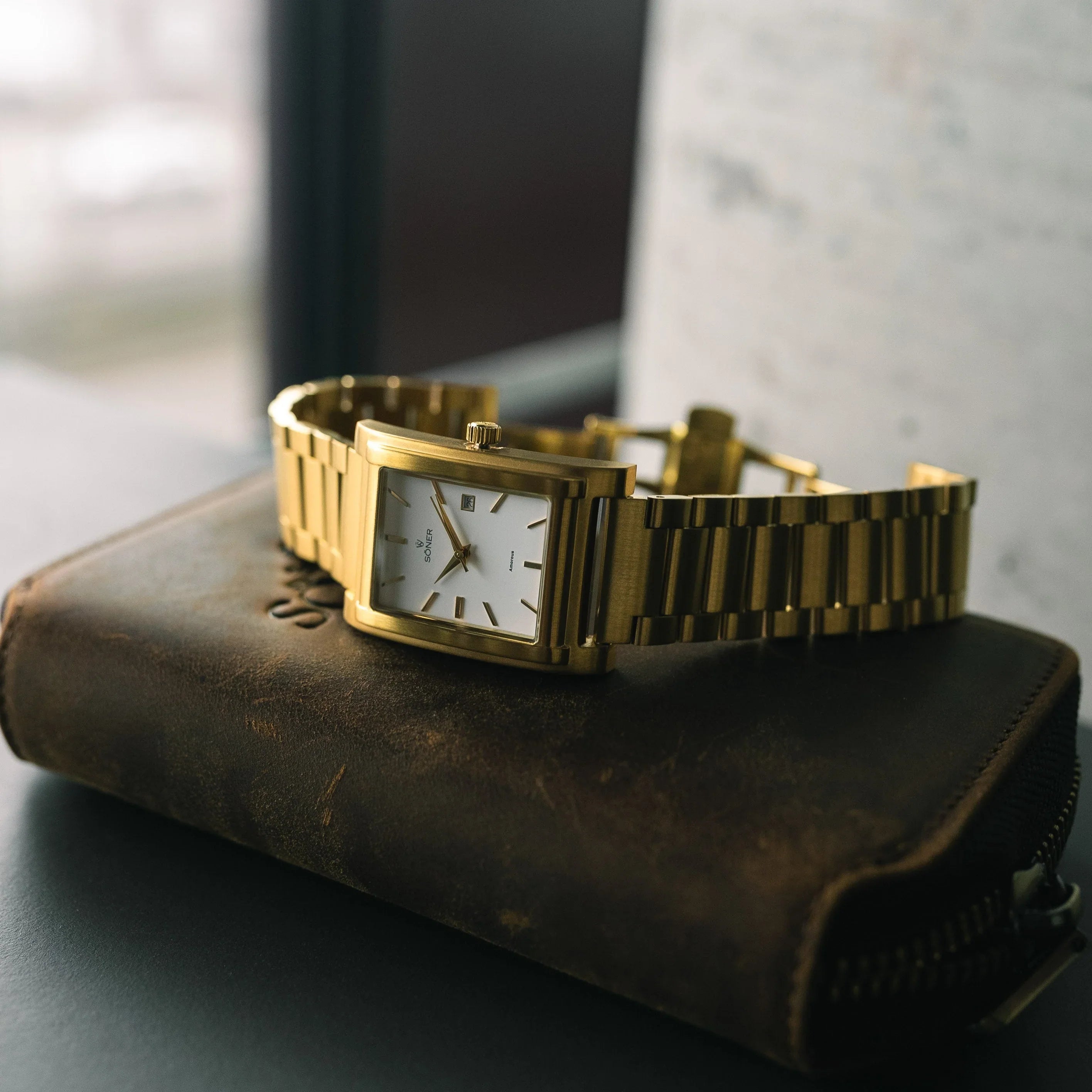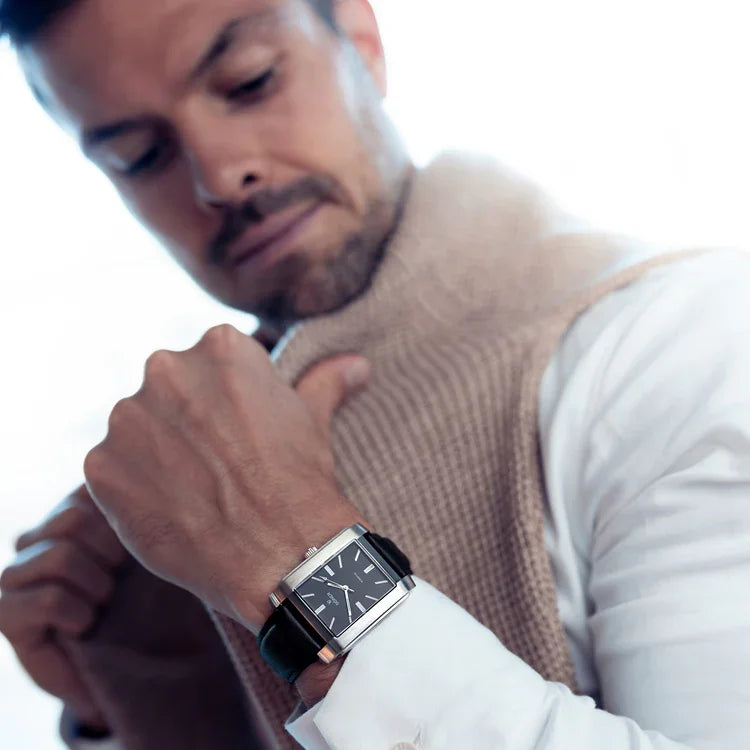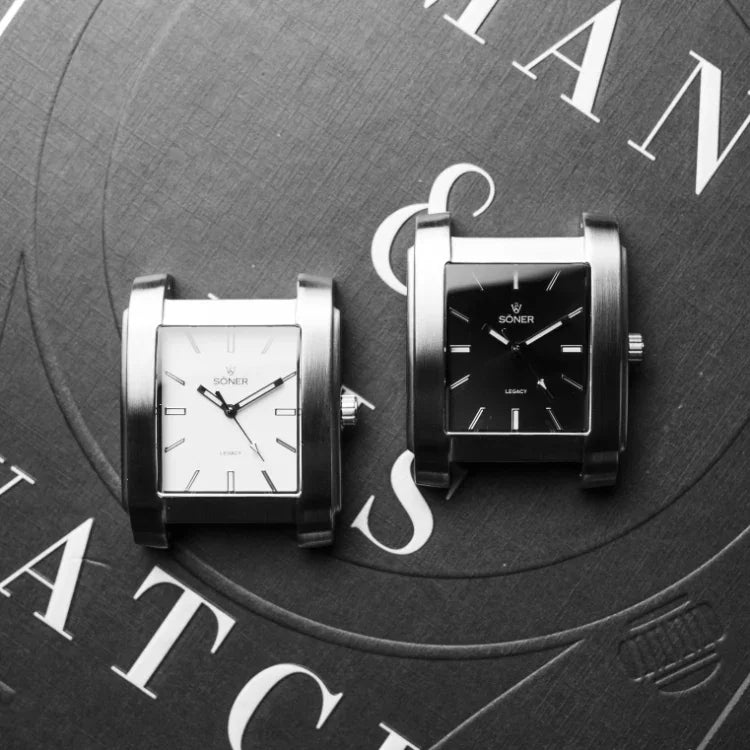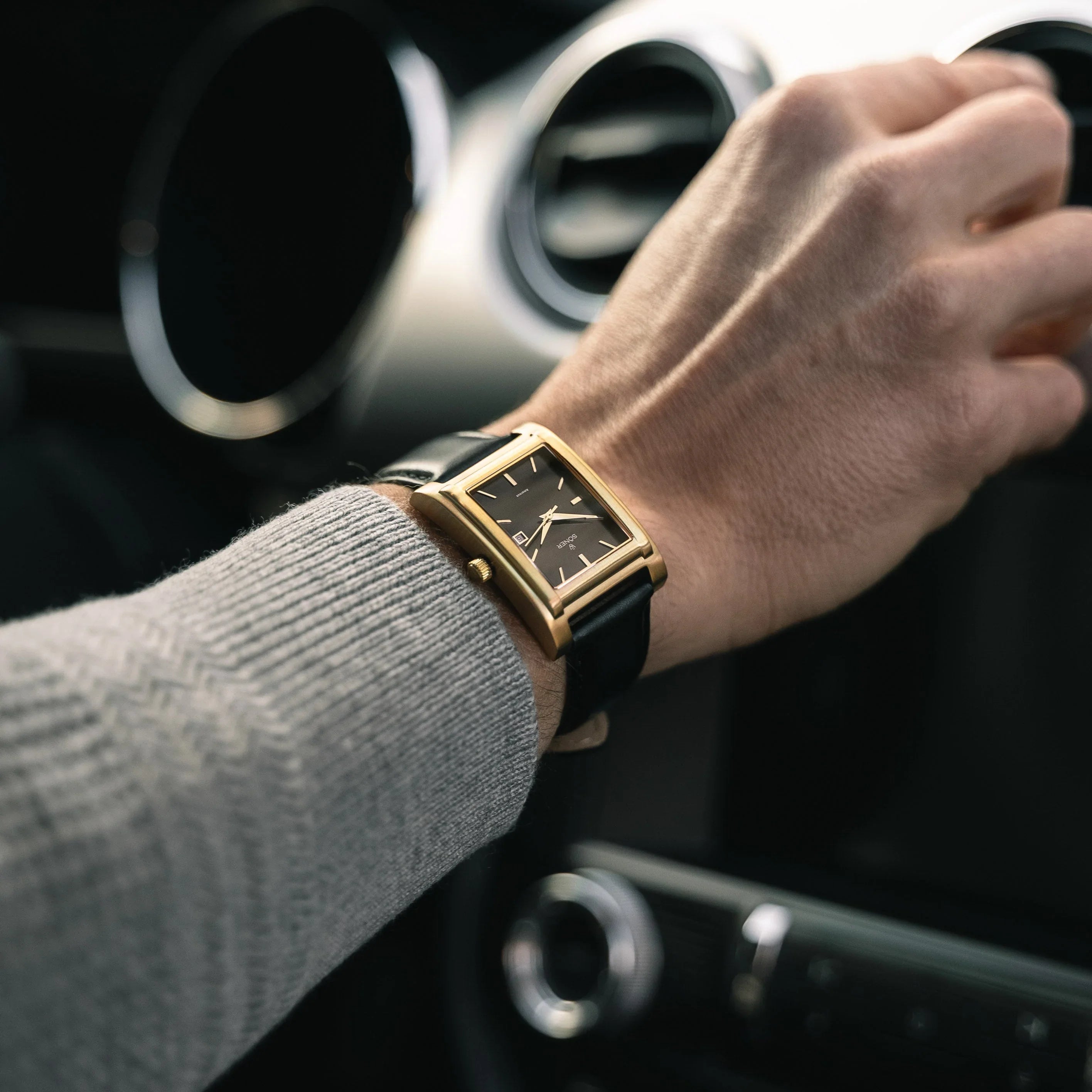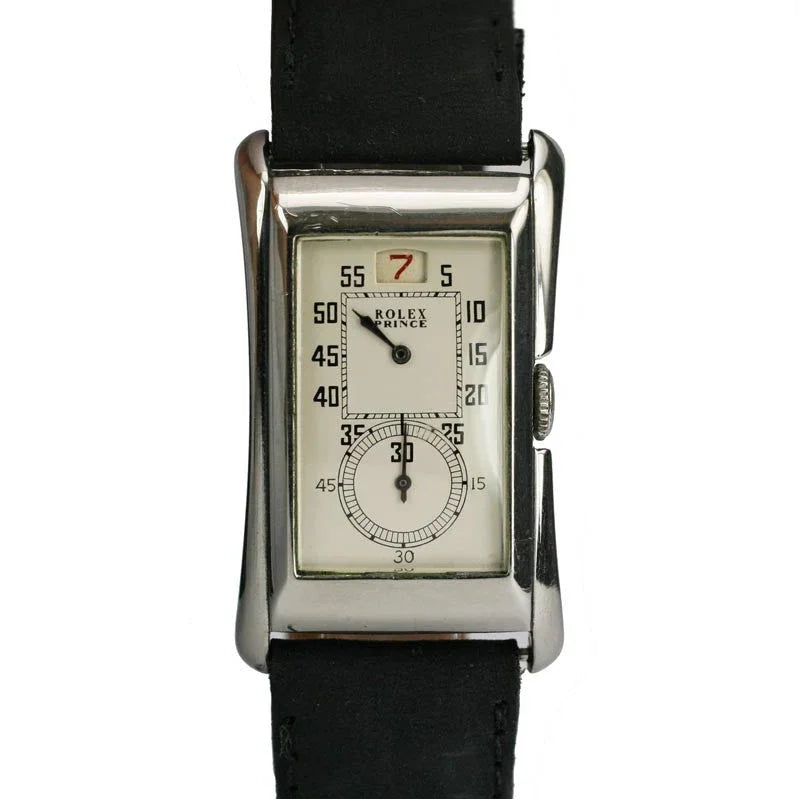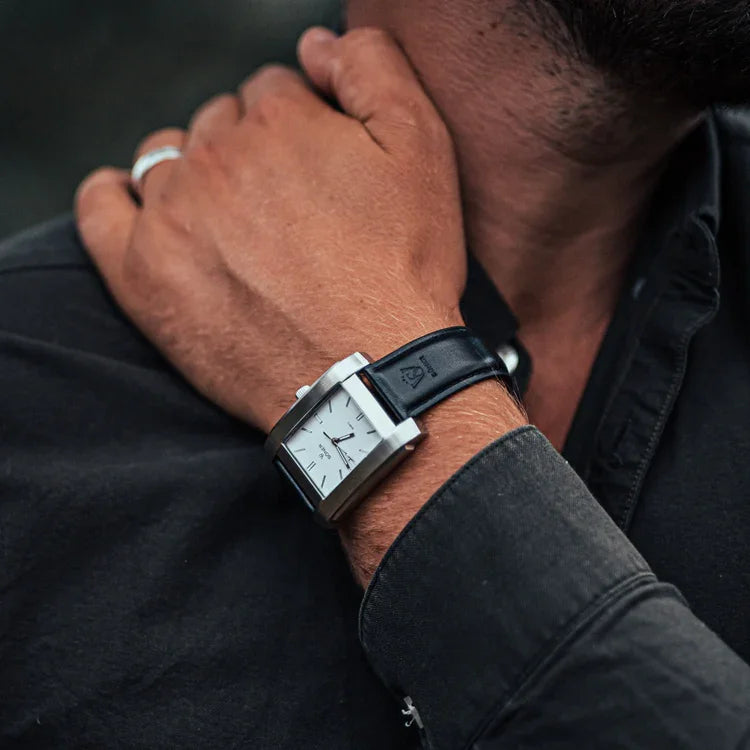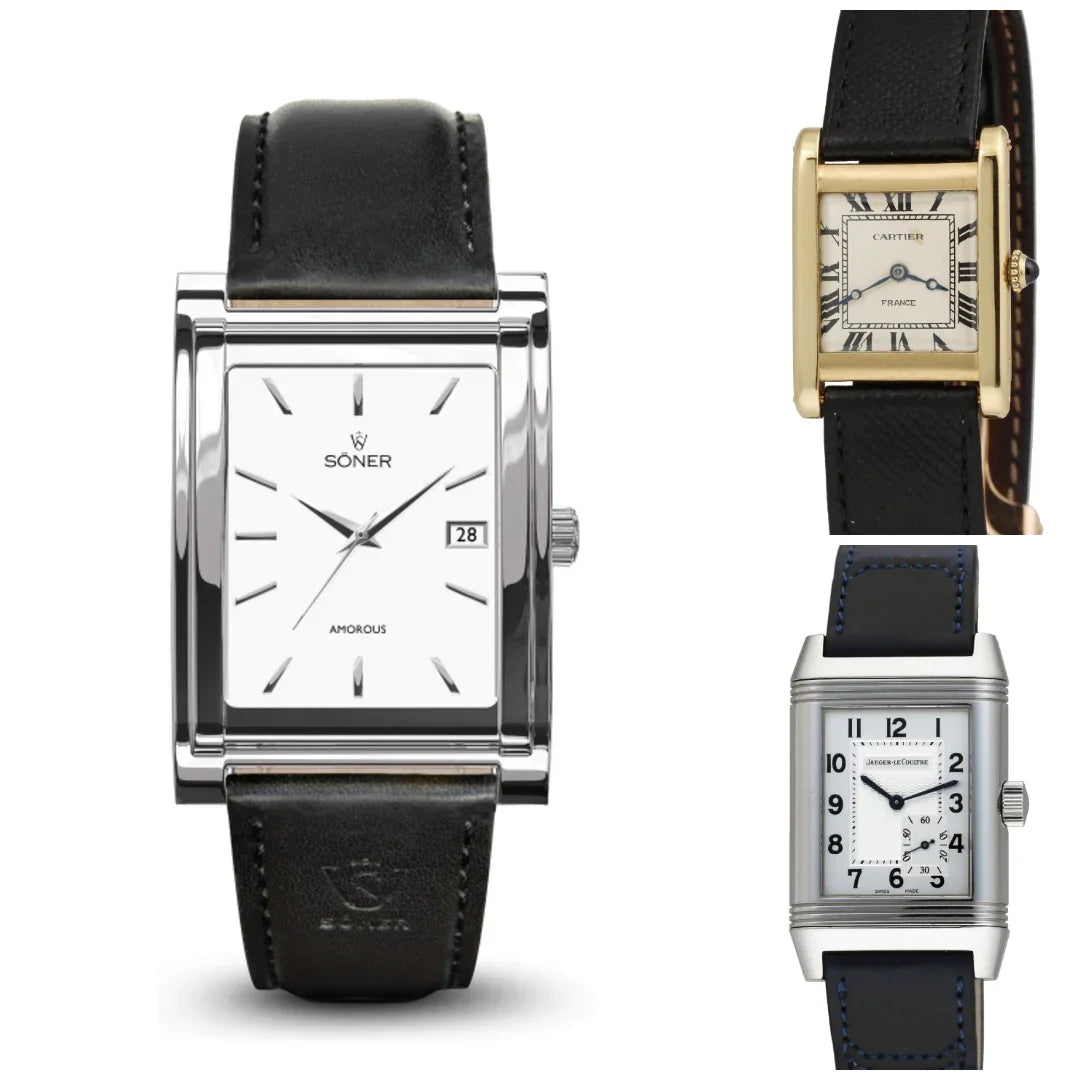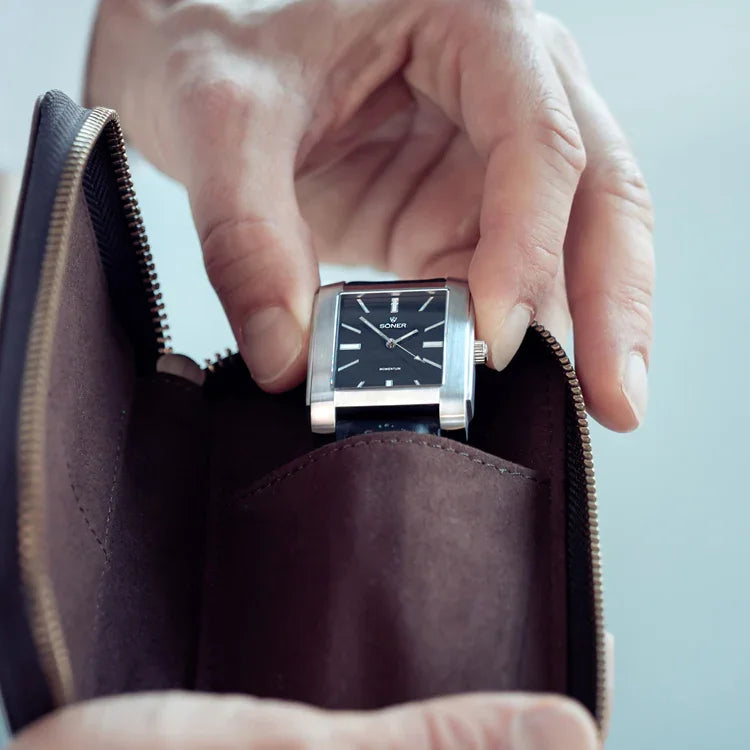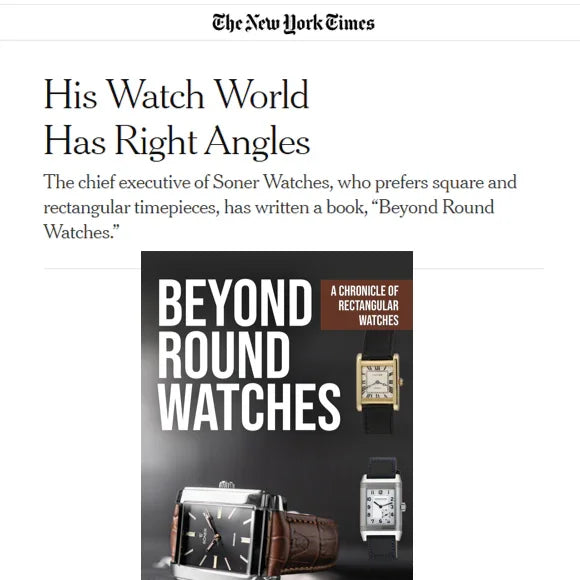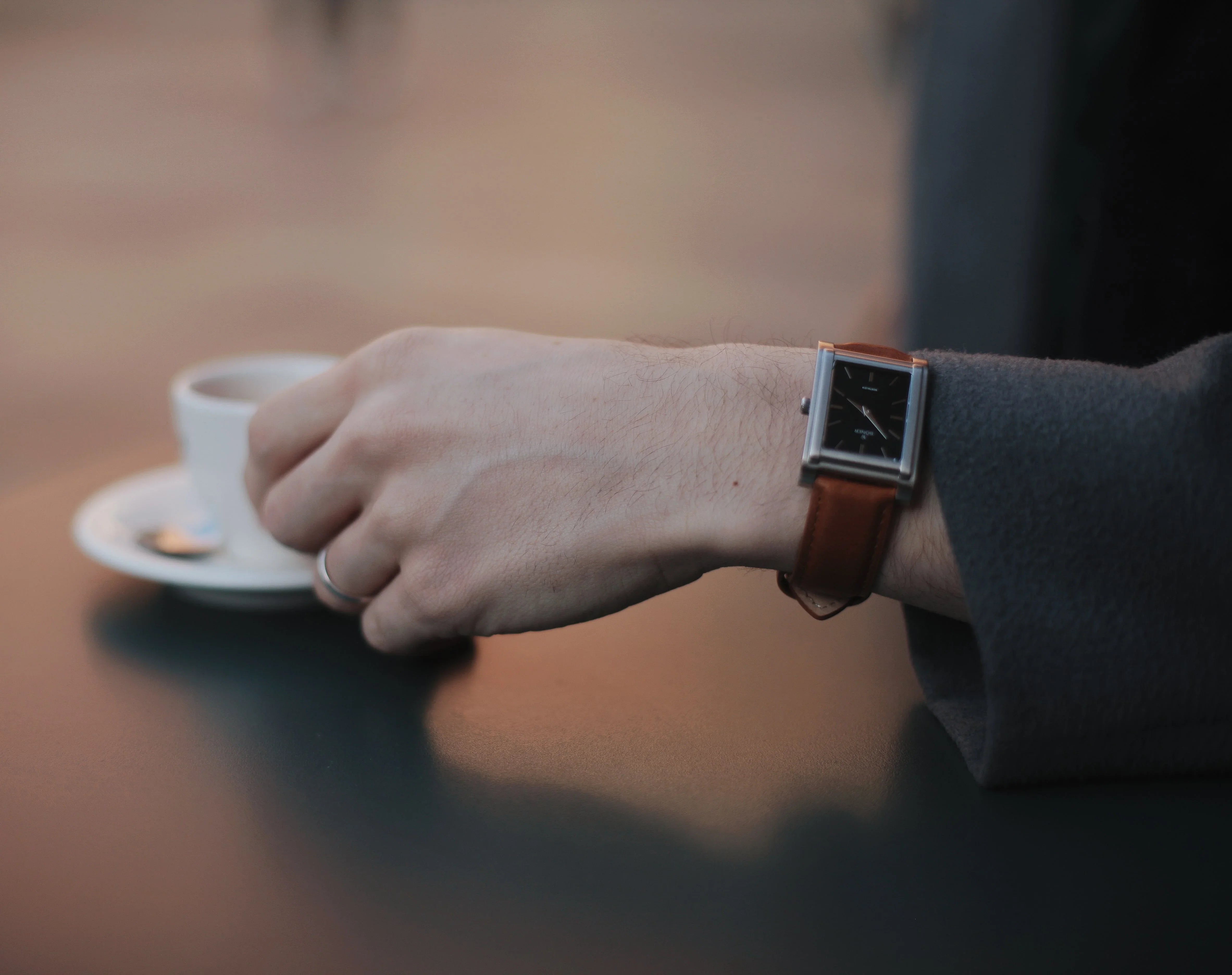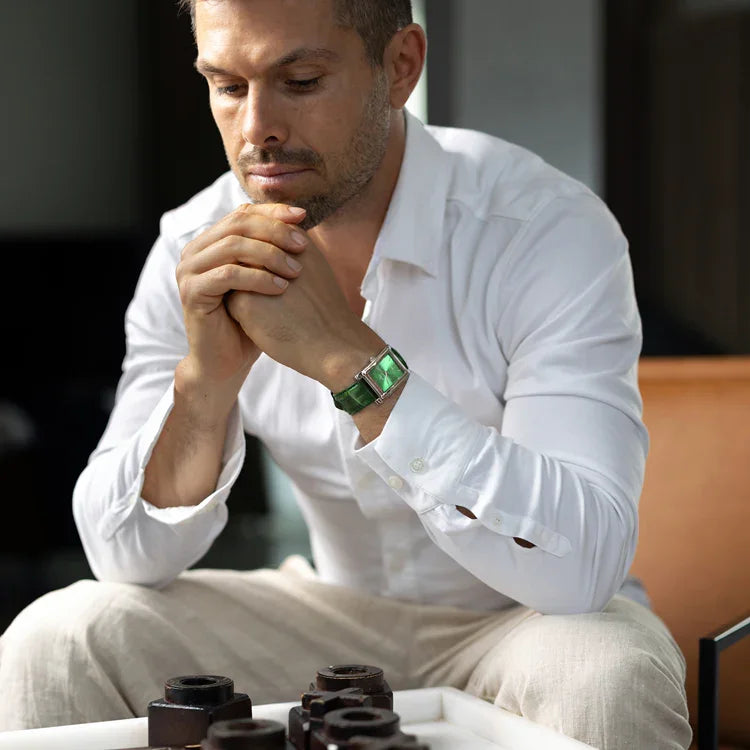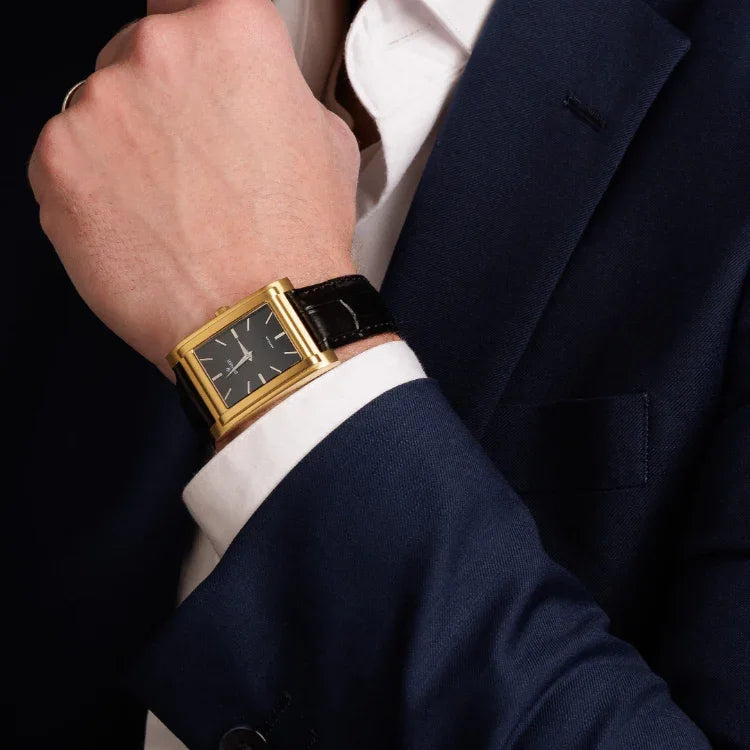Table of Contents
Introduction to Quartz Watches
Quartz watches have become a staple in the timekeeping industry since their rise to popularity in the late 20th century. They are renowned for providing accurate timekeeping at an affordable price, making them a favored option for many watch enthusiasts and casual wearers alike.
In essence, quartz watches operate using a small battery that sends an electrical current through a quartz crystal, causing it to vibrate at a precise frequency. This frequency is then utilized to drive the watch's gears, ensuring that the time displayed is as accurate as possible.
The market presence of quartz watches is undeniable. Many brands, from luxury manufacturers to budget-friendly options, offer quartz models catering to various tastes and budgets. However, despite their popularity and widespread use, there are certain disadvantages that potential buyers should consider before committing to a quartz timepiece.
Definition and Functionality
A quartz watch is primarily defined by its mechanism, which hinges on quartz crystal technology. Unlike mechanical watches that require winding, quartz watches rely on battery power, which simplifies their operation. This straightforward functionality is a significant reason for their rise, particularly among those who seek convenience.
In terms of operation, the essential components of a quartz watch include the movement, the battery, and the circuit controlling the watch's functions. Additionally, these watches can incorporate various features such as chronographs, alarms, and backlighting, making them versatile tools for everyday use. The integration of technology has also led to the emergence of smart quartz watches, which blend traditional timekeeping with modern connectivity features, allowing users to track fitness metrics or receive notifications directly on their wrist.

Popularity and Market Presence
The quartz watch revolution began in the 1970s when Japanese manufacturers introduced reliable and affordable options that outperformed traditional mechanical watches in accuracy and price. Since then, quartz watches have dominated the watch market, accounting for a large proportion of sales worldwide.
Today, leading brands such as Seiko, Citizen, and Casio continue to innovate within the quartz space. While some purists might prefer the mechanics of automatic or manual watches, the practical benefits of quartz continue to draw in a global audience. The versatility of quartz watches extends beyond mere timekeeping; they are often designed with various aesthetics in mind, from sporty to elegant, making them suitable for any occasion. Furthermore, the rise of eco-friendly quartz options, such as solar-powered models, showcases the industry's commitment to sustainability, appealing to environmentally conscious consumers who desire both functionality and responsibility in their timepieces.

Accuracy and Timekeeping Issues
One of the most widely recognized advantages of quartz watches is their accuracy; they are often regarded as more precise than their mechanical counterparts. However, even quartz watches can experience accuracy issues due to various factors. Understanding these limitations can help potential buyers make informed decisions.
Potential for Inaccurate Timekeeping
While quartz watches are generally more accurate than mechanical ones, environmental factors such as temperature changes and magnetic fields can interfere with timekeeping. For instance, extreme temperature variations can cause the quartz crystals to behave differently and lead to minor discrepancies in time.
Moreover, over time, a quartz watch may gradually lose its accuracy. While a mechanical watch might experience a consistent rate of variation, quartz watches can falter based on individual wear and battery condition, leading to potential timekeeping issues. Regular maintenance and recalibration can help mitigate these discrepancies, but they may not always be feasible for the average user.
Additionally, the quality of the quartz movement plays a significant role in accuracy. Higher-end quartz watches often utilize superior movements that are less susceptible to external influences, while budget models may not offer the same level of precision. This variance can be crucial for those who rely on their watches for timing accuracy in professional or competitive environments.

Battery Dependency and Replacement
Another significant drawback of quartz watches is their reliance on batteries. While these batteries typically last from two to five years, they require eventual replacement, leading to an additional expense and inconvenience. Finding the right battery and tools for replacement can be a hassle, especially for those unfamiliar with the process.
Moreover, failure to replace a dead battery promptly can lead to damage to the watch's internal components. A neglected quartz watch can become inoperable, resulting in costly repairs or replacements. This aspect is something that potential quartz watch buyers should keep in mind, as long-term care and maintenance can become a concern. In some cases, opting for a solar-powered quartz watch can alleviate battery issues altogether, as these models harness light to recharge, reducing the frequency of battery replacements.
Furthermore, the environmental impact of battery disposal is another consideration for eco-conscious consumers. While many retailers offer recycling programs for old batteries, the convenience of disposal can vary, and improper disposal can contribute to environmental pollution. This growing awareness among consumers has led to an increased interest in alternative timekeeping technologies, such as kinetic watches, which combine the benefits of quartz accuracy with a self-winding mechanism, eliminating the need for batteries altogether.

Durability and Longevity Concerns
While quartz watches are often marketed as durable, it’s important to examine their robustness and longevity. Various factors can influence a quartz watch's lifespan, and understanding these will allow owners to make informed decisions when choosing their timepieces.
Material Limitations
Many quartz watches are made from materials that may not withstand heavy wear and tear, such as plastic or low-grade metals. While some luxury brands do offer high-quality quartz models constructed from sturdier materials like stainless steel or titanium, the average consumer might still end up with a watch that can easily get scratched or damaged.
Furthermore, the resin used in some watch bands and casings can degrade over time, leading to breakage or discoloration, which impacts the watch's overall appearance and functionality. Buyers should consider these factors when deciding on a quartz watch, especially if they are known for an active lifestyle. Additionally, the choice of glass can also play a significant role in durability; mineral glass is common but can scratch easily, while sapphire crystal, though more expensive, offers superior scratch resistance and clarity, making it a worthwhile investment for those looking to maintain their watch's pristine condition.

Impact Resistance
Impact resistance is a crucial factor when assessing the durability of a watch. Quartz watches, especially those not specifically designed for rugged use, can be susceptible to damage from impacts or falls. The internal components, while somewhat insulated by the casing, can still be affected by a strong jolt.
For individuals engaged in high-impact sports or demanding environments, a quartz watch may not always be the best choice unless it belongs to a brand known for producing robust models. In contrast, mechanical watches are often more resilient due to their construction and can handle rougher treatment. Some brands have even developed specialized quartz models with reinforced cases and shock-absorbing technology, catering specifically to adventurers and athletes. These innovations can significantly enhance the watch's ability to withstand the rigors of daily life, making them a more suitable option for those who lead an active lifestyle.
Aesthetic and Value Considerations
The aesthetic appeal and perceived value of a watch are significant factors for many buyers. While quartz watches tend to focus on functionality, some drawbacks exist that may impact their desirability in the long run.

Limited Craftsmanship and Design Options
Quartz watches generally prioritize function over form. As a result, they often lack the intricate craftsmanship found in high-end mechanical watches. This emphasis on practicality can lead to a perception of lower value among collectors and enthusiasts who appreciate the artistry and technique involved in traditional watchmaking.
Moreover, while there are certainly beautifully designed quartz watches available, the options may feel limited compared to the rich variety of designs offered in the mechanical sphere. Buyers looking for a statement piece with an element of artistry may find themselves disappointed by the selections available in the quartz market. The allure of mechanical watches often lies in their complexity; the visible movements of gears and springs can create a mesmerizing display that captivates watch aficionados. This intricate craftsmanship not only enhances the visual appeal but also tells a story of engineering and heritage that quartz watches struggle to convey.

Resale Value and Collectibility
Resale value is an essential consideration for buyers who view their watch as an investment. In general, quartz watches do not retain their value as well as mechanical watches. The perception of quartz as a mass-produced, less-specialized product tends to lower resale prices.
Collectors often gravitate toward mechanical watches as they appreciate the historical significance and craftsmanship of these timepieces. If you are considering a quartz watch for collecting purposes, it’s vital to research the specific models and brands that might hold their value better than others. Certain limited-edition quartz models, for instance, can sometimes buck the trend and appreciate in value due to their rarity and unique design features. Additionally, brands that have established a reputation for quality and innovation in quartz technology may also offer models that appeal to collectors looking for something different. The intersection of technology and artistry in these pieces can create a niche market that values both the precision of quartz movements and the aesthetic qualities that resonate with buyers seeking something beyond the ordinary.

Factors to Consider When Buying a Quartz Watch
As you ponder investing in a quartz watch, several factors come into play that can help minimize any potential downsides. Here are a few things to keep in mind:
- Purpose: Determine your primary reasons for purchasing the watch. Is it for daily wear, occasional use, or as an investment?
- Brand Reputation: Research the brands that have a track record for producing reliable and durable quartz watches.
- Material Quality: Opt for watches constructed from high-quality materials that offer better longevity and durability.
- Features: Consider the additional features you might need—such as water resistance, chronograph functions, or Bluetooth connectivity.
- Design: Make sure the aesthetic appeal of the watch aligns with your personal style, as this influences satisfaction in the long run.
In addition to these key factors, it's also essential to think about the watch's movement. Quartz watches are known for their precision and low maintenance, but variations in movement can affect performance. For instance, some quartz movements are designed for enhanced accuracy, while others may include additional complications that can add to the watch's functionality. Understanding the different types of quartz movements, such as standard, high-frequency, or solar-powered, can help you make a more informed decision based on your needs.

Another aspect worth considering is the warranty and customer service offered by the manufacturer. A good warranty can provide peace of mind, especially for higher-end models. Some brands also offer exceptional customer service, which can be invaluable if you encounter issues or need repairs. Researching user reviews and testimonials can give you insight into the experiences of other customers, helping you gauge the level of support you can expect after your purchase.
Top Brands to Look Out For
If you're set on purchasing a quartz watch, several brands are known for their quality and reliability:
- Söner Watches: Renowned for being the only brand in the world dedicated to rectangular dress watches.
- Citizen: Famous for eco-friendly models and robust performance.
- Casio: Best known for digital watches and rugged outdoor models.
- TAG Heuer: Combines precision with luxury, making it an attractive option for those looking for style.
- Patek Philippe: A rare luxury offering quartz models that maintain high value.
In addition to these well-established brands, it's worth noting that many of them have made significant strides in incorporating advanced technology into their quartz watches. For instance, Seiko's Spring Drive technology offers a unique hybrid mechanism that combines the accuracy of quartz with the smooth sweeping motion of a mechanical watch, providing an unparalleled timekeeping experience. Citizen, on the other hand, has gained attention for its Eco-Drive technology, which harnesses light from any source to power the watch, eliminating the need for battery replacements and making it an environmentally friendly choice.
Moreover, the design aesthetics of these brands cater to a diverse audience. Casio has successfully carved a niche in the market with its G-Shock line, which is not only stylish but also built to withstand extreme conditions, appealing to adventurers and sports enthusiasts alike. Meanwhile, TAG Heuer's commitment to precision and luxury has made it a favorite among motorsport aficionados, often seen on the wrists of professional racers and enthusiasts during high-speed events. Each of these brands brings something unique to the table, ensuring that there is a perfect quartz watch for every taste and lifestyle.

Maintenance and Care for Your Quartz Watch
Taking care of your quartz watch is essential for ensuring its longevity. Regular checks and maintenance can prevent potential issues before they arise:
- Battery Replacement: Stay ahead by replacing the battery as soon as it dies to prevent damage.
- Cleaning: Regularly clean your watch casing and band to keep it looking new.
- Professional Servicing: Consider having your watch professionally serviced every few years to tackle any internal issues.
- Temperature Care: Avoid exposing your watch to extreme temperatures to maintain its accuracy.
In addition to these essential maintenance tips, it’s important to be mindful of the environment in which you wear your watch. For instance, if you frequently engage in activities that might expose your watch to dust, dirt, or moisture, consider investing in a protective case or a watch winder that can help shield it from potential harm. Furthermore, be cautious when wearing your watch during activities that involve heavy lifting or impact, as sudden shocks can misalign the internal components, leading to costly repairs.

Another aspect to consider is the type of materials used in your watch. If you own a watch with a leather strap, be aware that exposure to water can cause the leather to deteriorate over time. It’s advisable to remove your watch before swimming or showering. For metal bands, a simple wipe with a soft cloth can help remove fingerprints and maintain its shine. By taking these additional precautions, you can ensure that your quartz watch remains not only functional but also a stylish accessory for years to come.
Why Should You Buy Your Next Quartz Watch from Söner?
Choosing the right retailer is as important as selecting the right watch. Söner stands out due to its commitment to quality, customer satisfaction, and a diverse selection of watches:
With an excellent reputation for providing exceptional customer service, Söner ensures that every customer has a satisfying shopping experience. Whether you are looking for a classic design or the latest model with cutting-edge features, Söner offers a comprehensive range at competitive prices. Their extensive inventory includes everything from minimalist designs that exude elegance to robust sports watches that can withstand the rigors of an active lifestyle.

Moreover, their knowledgeable staff can assist you in finding the perfect timepiece that meets your specific needs. If you're considering investing in a quartz watch, Söner makes it easy to make an informed decision that balances quality and style. Each watch comes with detailed specifications and an insightful description, allowing you to understand the unique features and benefits of each model. Additionally, Söner frequently hosts exclusive events and promotions, providing customers with opportunities to discover new brands and styles while enjoying special discounts.
Furthermore, Söner emphasizes the importance of after-sales service, ensuring that your purchase remains a source of joy long after the initial buy. They offer comprehensive warranties and maintenance services, which can be crucial for preserving the longevity and functionality of your quartz watch. This commitment to customer care not only enhances your shopping experience but also builds a lasting relationship between you and the brand. By choosing Söner, you are not just purchasing a watch; you are investing in a piece of craftsmanship that is backed by a retailer that genuinely cares about your satisfaction.

In conclusion, while quartz watches are undeniably practical and widely popular, they do come with several disadvantages that require careful consideration. Weighing the pros and cons, coupled with thorough research on brands and models, will enable potential buyers to make an informed decision that best fits their lifestyle and preferences.
Embrace the unique elegance of Söner Watches, where we celebrate the individuality of rectangular timepieces in a sea of conformity. Our dedication to exceptional craftsmanship and the timeless Art Deco style offers a distinct alternative for those who dare to stand out. Discover our watch collections and join the exclusive 2% who choose to wear a symbol of excellence and originality on their wrist. Discover our watch collections and experience the Söner difference—where every watch tells a story of disruptive innovation and perfection.

